 Abraham Lincoln
If given the truth, the people can be depended upon to meet any national crisis...
Abraham Lincoln
If given the truth, the people can be depended upon to meet any national crisis...
 Guildford news...
for Guildford people, brought to you by Guildford reporters - Guildford's own news service
Guildford news...
for Guildford people, brought to you by Guildford reporters - Guildford's own news service
Birdwatcher’s Diary No.200!
Published on: 24 Dec, 2019
Updated on: 24 Dec, 2019
By Malcolm Fincham
December began with a brief spell of much welcomed dry weather. An added bonus on the first day of the month was some glorious sunshine.
Having heard reports of a rare winter visiting juvenile male ring-tailed hen harrier in the Shackleford area, inspired Bob, Dougal and I of perhaps a sighting, and even a few record shot photos of this beautiful species of bird.
Of the UK’s birds of prey, this species is the most intensively persecuted, particularly on the driven grouse moors of England and Scotland, where they hunt and breed.
Adult males have a silvery-blue back and black bars on the tips of the wings. Females and immature birds, however, are brown with a white rump and a long, barred tail which give them the name ‘ringtail’.
They fly with wings held in a shallow ‘V’, gliding low in search of food, which mainly consists of meadow pipits and voles.
Adding to our sightings, as well as photos, were a couple of contrastive looking common buzzards. Firstly, a very pale one perched in a now leafless oak tree.
A second, much darker bird, glided low across the field.
Attempting to perch in the same tree as the pale bird, a brief altercation ensued with threats exchanged and talons showing.
“Handbags at four paces!” one might say! They soon parted company, with the paler bird remaining in its tree.
Also present, was a wintering flock of well over 60 skylarks.
And while walking back to the car, a dozen or so linnets flew from some nearby trees.
A pair of stonechats could be viewed, perched up on the stems in a field of stubble.
Thwarted by the return of unsettled weather during the days and weeks that followed, I had to pick my moments for the opportunity of keeping up to date with my photography.
At the Riverside Nature Reserve near Burpham the terrain was becoming increasing wet, and in the run up to Christmas rain continued to be the main theme in weather forecasts.
From the boardwalk I watched a grey heron that appeared to have caught and was now consuming a frog?
With water levels high around the water meadows, teal, seemed fewer in number than previous years. They were not easy to pick out, or to count, and were mostly out of sight among the long tufts of reed grasses.
Along the towpath a grey wagtail flew overhead, landing on a boat across the canal.
Regularly seen there is a flock of more than 30 goldfinches, often feeding on seed cones up in the alders. Although from time to time they come down to feed on seed-heads.
Blackbirds rummaged around in the dead leaves, but could often be seen adding a few berries to their diet.
Looking across Stoke Lake, a great-crested grebe in its winter plumage glided around among the gulls – mostly of the black-headed type, also now in their winter plumage.
Five cormorants could often be viewed out on the water.
While four little grebes swam out from the cover of the reed beds. Having already seen one earlier as I walked around the lake, I concluded there must have been at least five. Possibly the most I have ever counted there?
Tufted ducks were increasing in number, now counting more than 25, with a few small groups still arriving.
As daylight began wane on one afternoon I was there, a little egret flew south over the boardwalk.
A few redwings perched up, looking for a roost.
The usual sight of jackdaws arriving back in small groups from their day of foraging the Surrey Hills could be observed.
At Cutt Mill ponds in Puttenham as many as 17 goosanders had initially arrived to spend another winter. There were 10 drakes and four redheads on Cuttmill House Pond; three redheads on The Tarn, and by mid December as many as 23 could be counted on the lakes.
On Whitmoor Common to the north of Guildford, Dartford warblers were still in good numbers.
Relying on insects but susceptible to long cold spells, one hopes there will be a big enough supply to feed on within the shelter of the gorse through the winter months.
Among the mixed winter flocks several goldcrests could be seen.
A few of the other birds on display there were dunnocks.
A male bullfinch.
And a reed bunting.
A little further along Salt Box Road from Whitmoor Common at Britten’s Pond, two mute swans were admiring their Christmas decorations on their small island out on the lake.
Several robins could noticed, adding to the festive seasonal delights.
The kingfisher mentioned in some of my previous recent reports continued to be glimpsed flying low across the water.
Seemingly favouring the western side of the lake, it could be viewed when perched up.
Occasionally with patience, caught on camera as it dived into the lake in the hope of catching a fish.
Passing over the tree-line on December 15 was a red kite, closely escorted by a crow.
Latest reports have suggested an increase in numbers of nuthatches in the UK. Click here for details.
At Papercourt water meadows near Send “wellies” were a must! Waders would have appropriated on my visit there with fellow birdwatching friend Bob, on December 18.
The only sign of life at first were a few stonechats perched up on storks from the surrounding water.
Unexpectedly, two roe deer bottoms came into view as they scampered away across the watery landscape.
Overhead, heading north, was a group of rose-ringed parakeets, squawking as they flew.
A good number of our winter visitors were present. These included flocks of fieldfares.
One individual could be seen, perched up on some brambles, on look-out duty for its pals.
Although quite timid, occasionally I was able to catch a few reasonable in-flight photos as we inadvertently spooked them from their perches.
Numerous redwings could also be picked within the various flocks.
Across the river in a field by Papercourt Lock a large group of greylag geese could be viewed.
At one stage they were joined by another group that circled the field several times before landing.
Also present was a small group of lapwings.
The main reason for our visit was the hope of seeing the short-eared owl that had been recently reported there.
Although with no success on this occasion we didn’t leave disappointed. Although an overcast day, it did remain dry. And to our surprise, not just one, but two barn owls.
It wasn’t much after 2.30pm when the first one was out and quartering the field.
Remaining still and well camouflaged, shielded by the wide girth of an oak tree, I watched it in awe as it silently glided past.
It had obviously not been aware of our presence, as having circled the field, it made a return. This time making a sudden dive to the ground in front of us.
After a moment, its head popped up from the long grass. In its mouth was a vole.
On taking flight, it transferred its prey to its claws, flying in the direction of its nest box.
About the same time a second barn owl could be viewed at the far end of the field.
And adding to the competition, a kestrel had emerged in the hope of a rodent of its own choosing.
From the editorial team at the Guildford Dragon congratulations to Malcolm for his 200th report! From his first article in April 2012, he has continually delighted readers with his superb photos and writings of nature throughout the changing seasons in the Guildford area as well as from his numerous trips further afield – from the Highlands of Scotland to the Scilly Isles. Keep ’em coming….
Responses to Birdwatcher’s Diary No.200!
Leave a Comment Cancel reply
Please see our comments policy. All comments are moderated and may take time to appear. Full names, or at least initial and surname, must be given.
Click on cartoon for Dragon story: Public Asked for Views on SCC’s Proposal for Reduced Speed Limits



Recent Articles
- Guildford Museum Works to Encourage Interest in Town’s History
- Missing 15-year-old girl located
- What Ash Wants – Village’s Neighbourhood Plan Goes out For Consultation
- St Nicolas’ Infant School Celebrates ‘Good’ Ofsted Rating
- Former Guildford Policeman Admits Misconduct In Public Office
- Letter: Nothing Prepared Me for the Scene of Destruction
- Have You Seen Missing Scarlet-Rose?
- Guildford’s MP Cuts the Ribbon at Merrow Post Office Opening
- Letter: Recreational Rowing Might Be the Answer
- A281 Closure – Additional Works To Take Advantage of Road Closure


Recent Comments
- Ian Mackrell on Stoke Park Was Bought 100 Years Ago with Plans for a Public Open Space and Houses!
- Caroline Freeman on Letter: Recreational Rowing Might Be the Answer
- Diane Harris on Letter: Recreational Rowing Might Be the Answer
- alexander Ford on Guildford’s Green Day Shows Commitment to Net Zero by 2030 Remains
- Adam Aaronson on Letter: How Surveys of Public Opinion Should Be Organised
- Ben Paton on Flashback: Council Report Accepts Juneja Case Has Caused ‘Reputational Damage’
Search in Site
Media Gallery
Dragon Interview: Local Artist Leaves Her Mark At One of England’s Most Historic Buildings
January 21, 2023 / No Comment / Read MoreDragon Interview: Lib Dem Planning Chair: ‘Current Policy Doesn’t Work for Local People’
January 19, 2023 / No Comment / Read MoreA3 Tunnel in Guildford ‘Necessary’ for New Homes, Says Guildford’s MP
January 10, 2023 / No Comment / Read More‘Madness’ for London Road Scheme to Go Ahead Against ‘Huge Opposition’, Says SCC Leader
January 6, 2023 / No Comment / Read MoreCouncillor’s Son Starts Campaign for More Consultation on North Street Plan
December 30, 2022 / No Comment / Read MoreCounty Council Climbs Down Over London Road Works – Further ‘Engagement’ Period Announced
December 14, 2022 / No Comment / Read MoreDragon Interview: GBC Reaction to the Government’s Expected Decision to Relax Housing Targets
December 7, 2022 / No Comment / Read MoreHow Can Our Town Centre Businesses Recover? Watch the Shop Front Debate
May 18, 2020 / No Comment / Read More



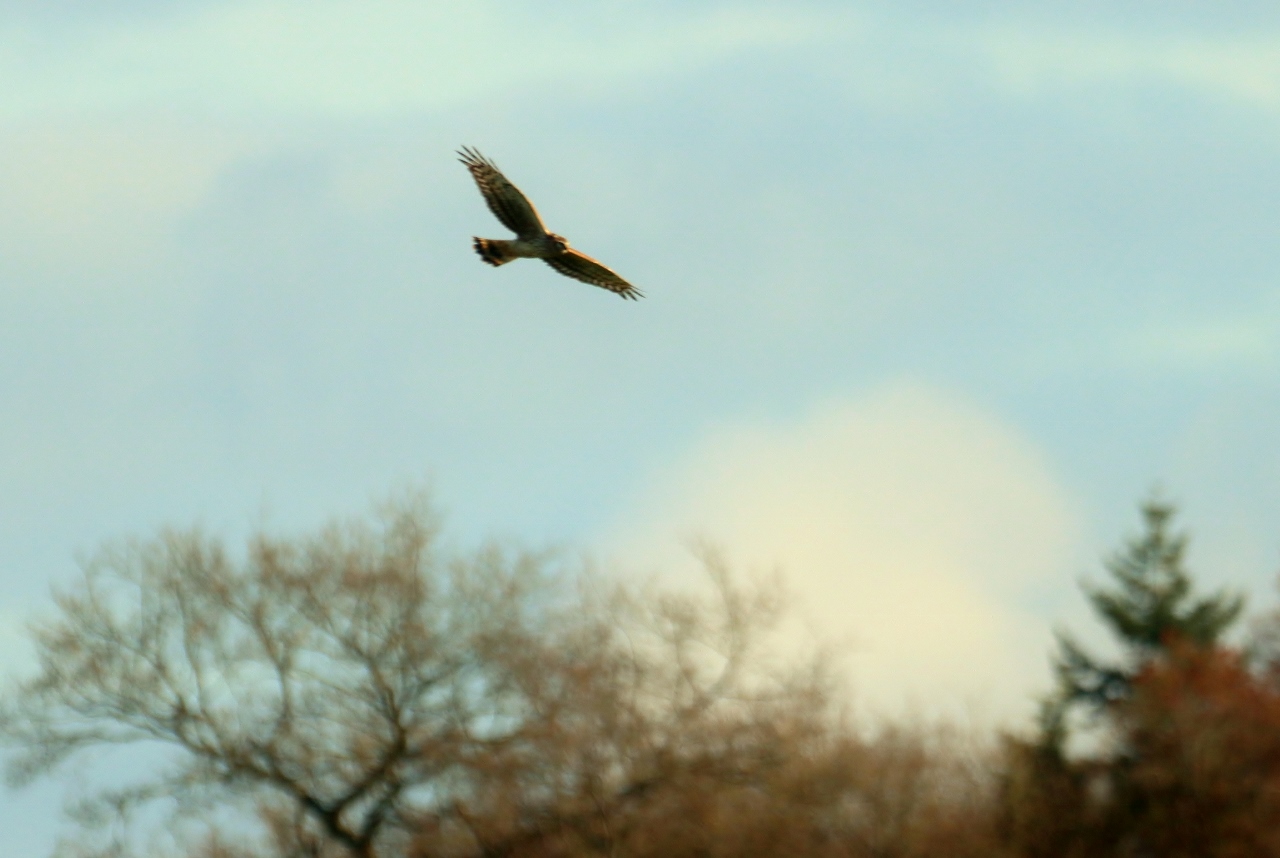



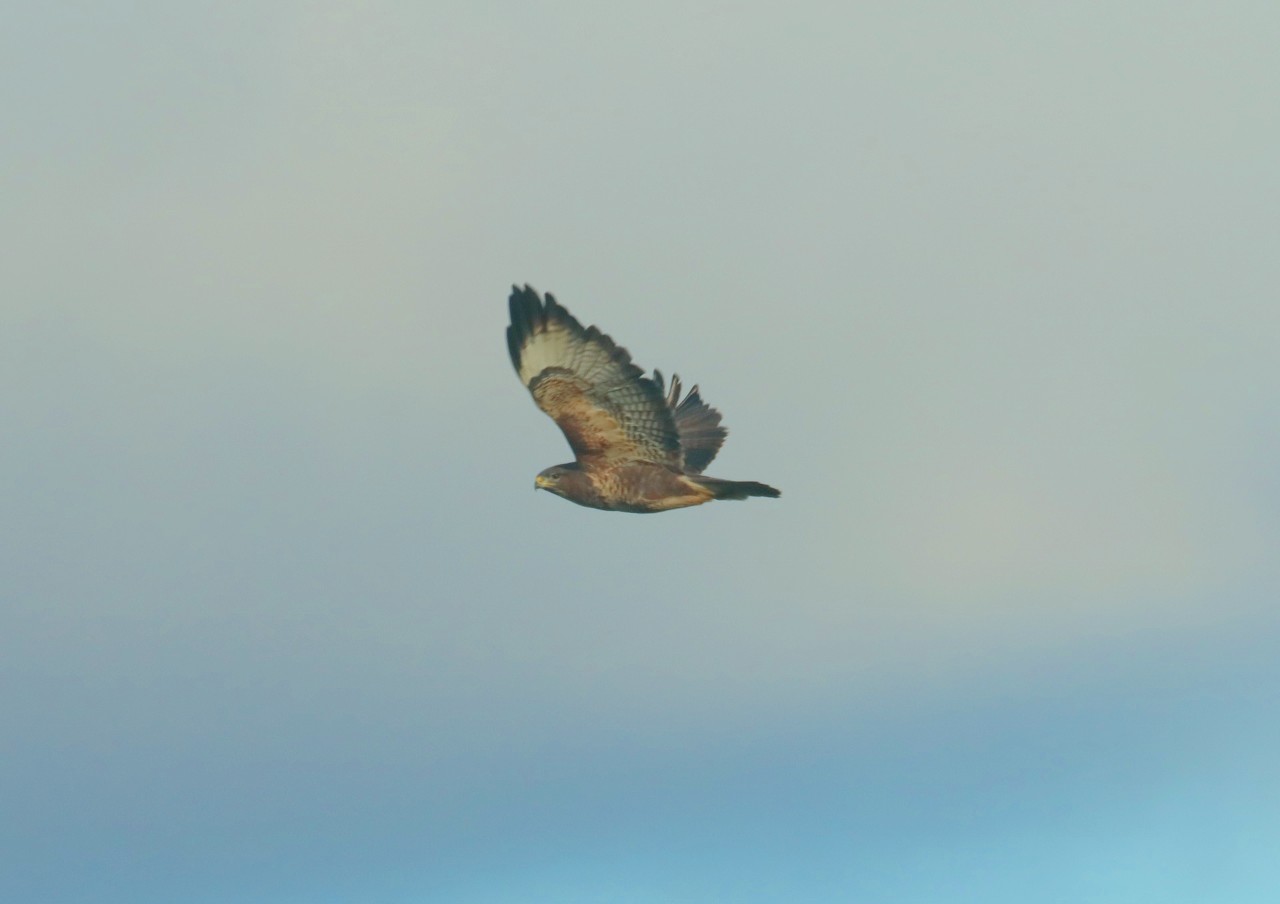
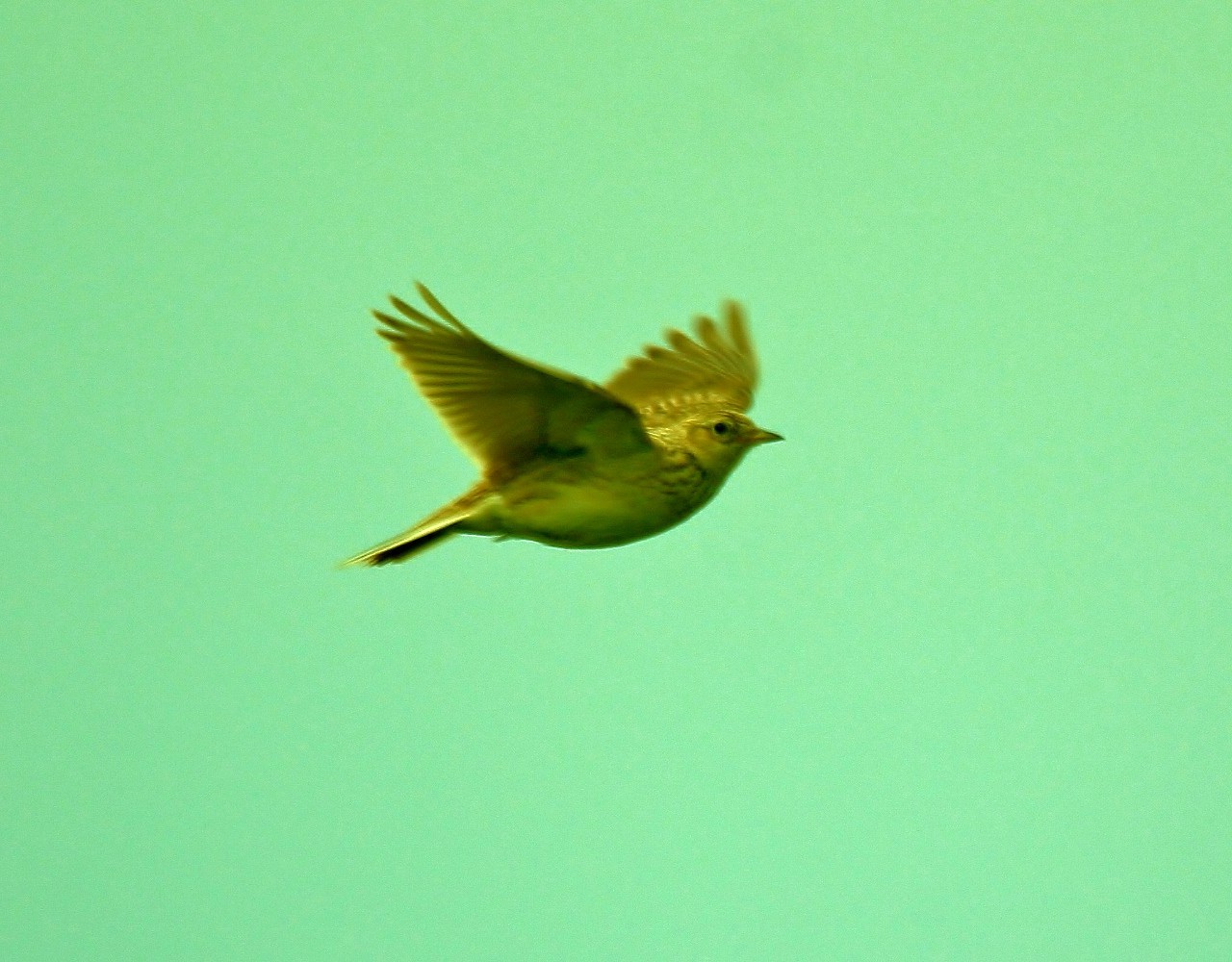
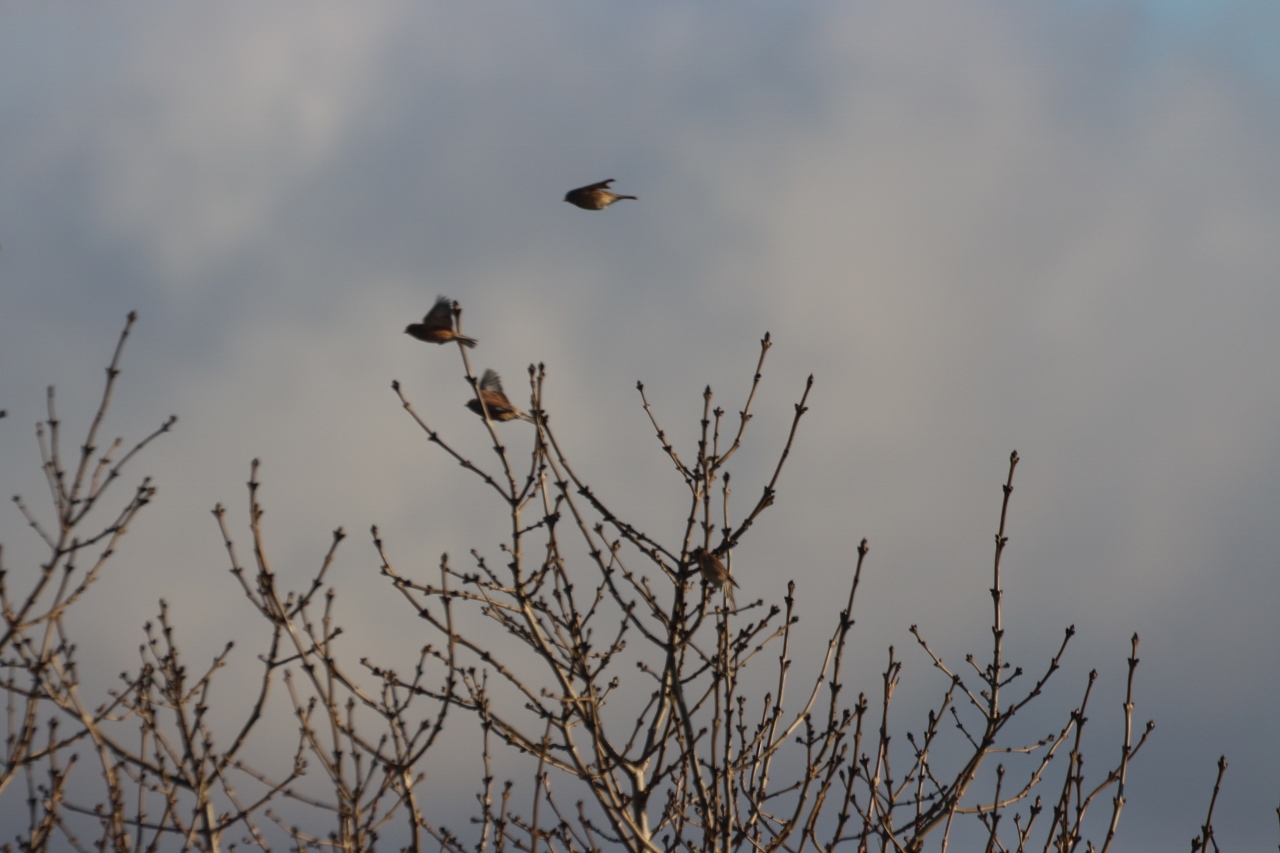
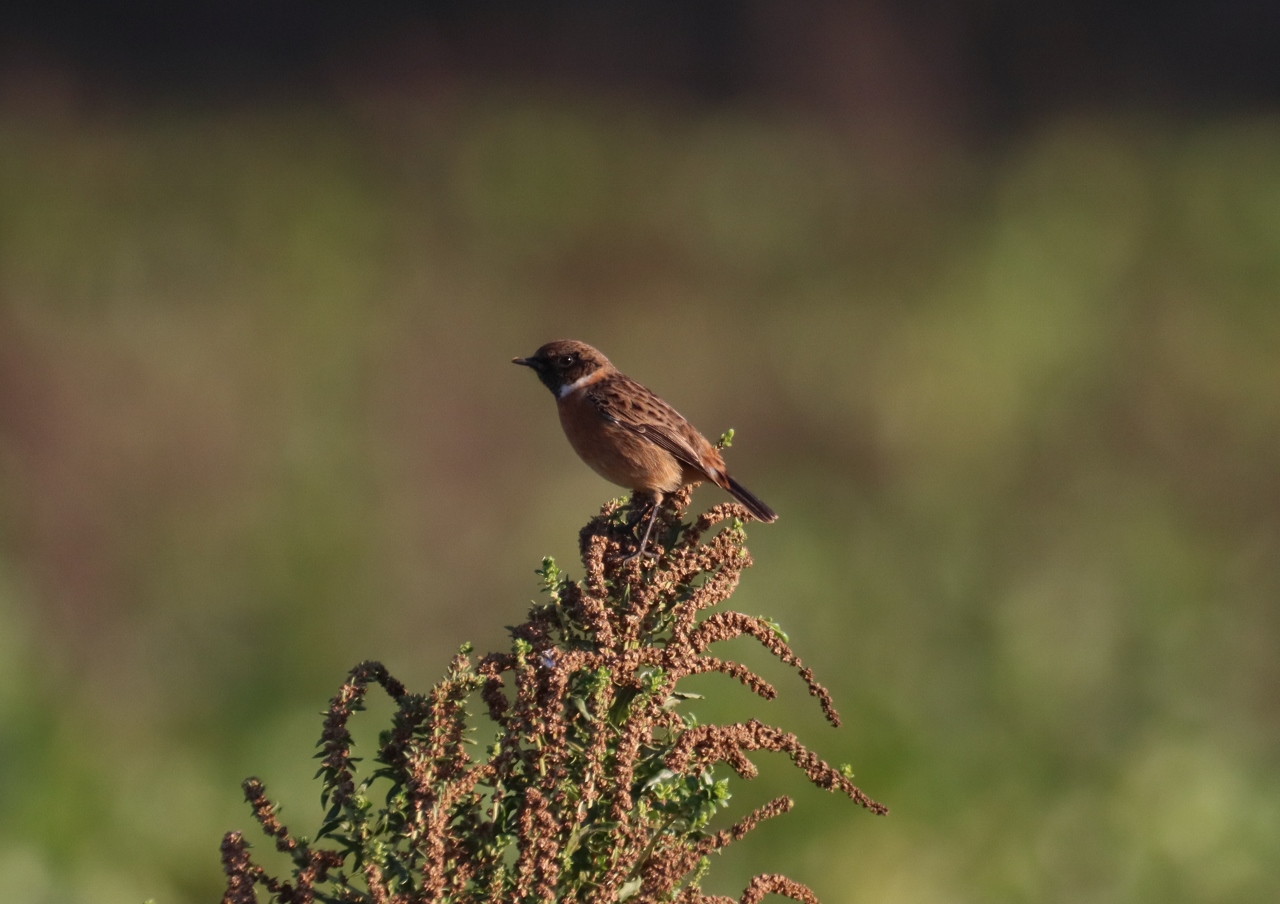
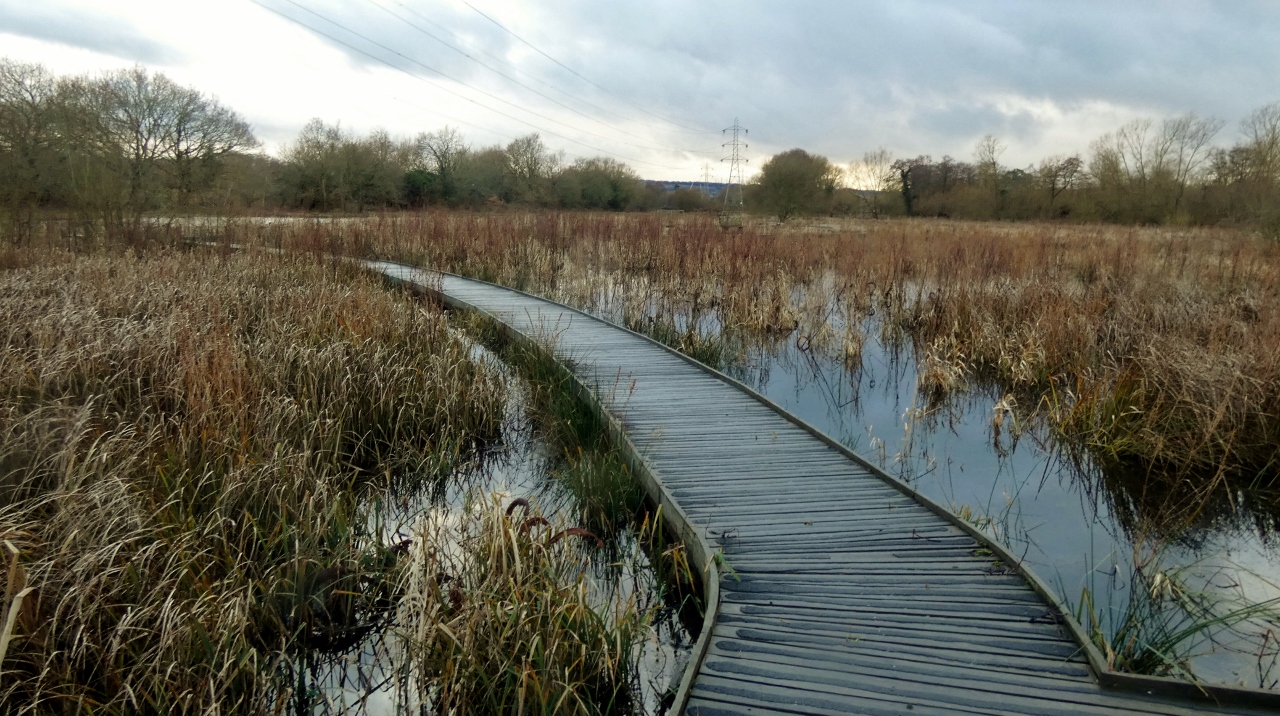
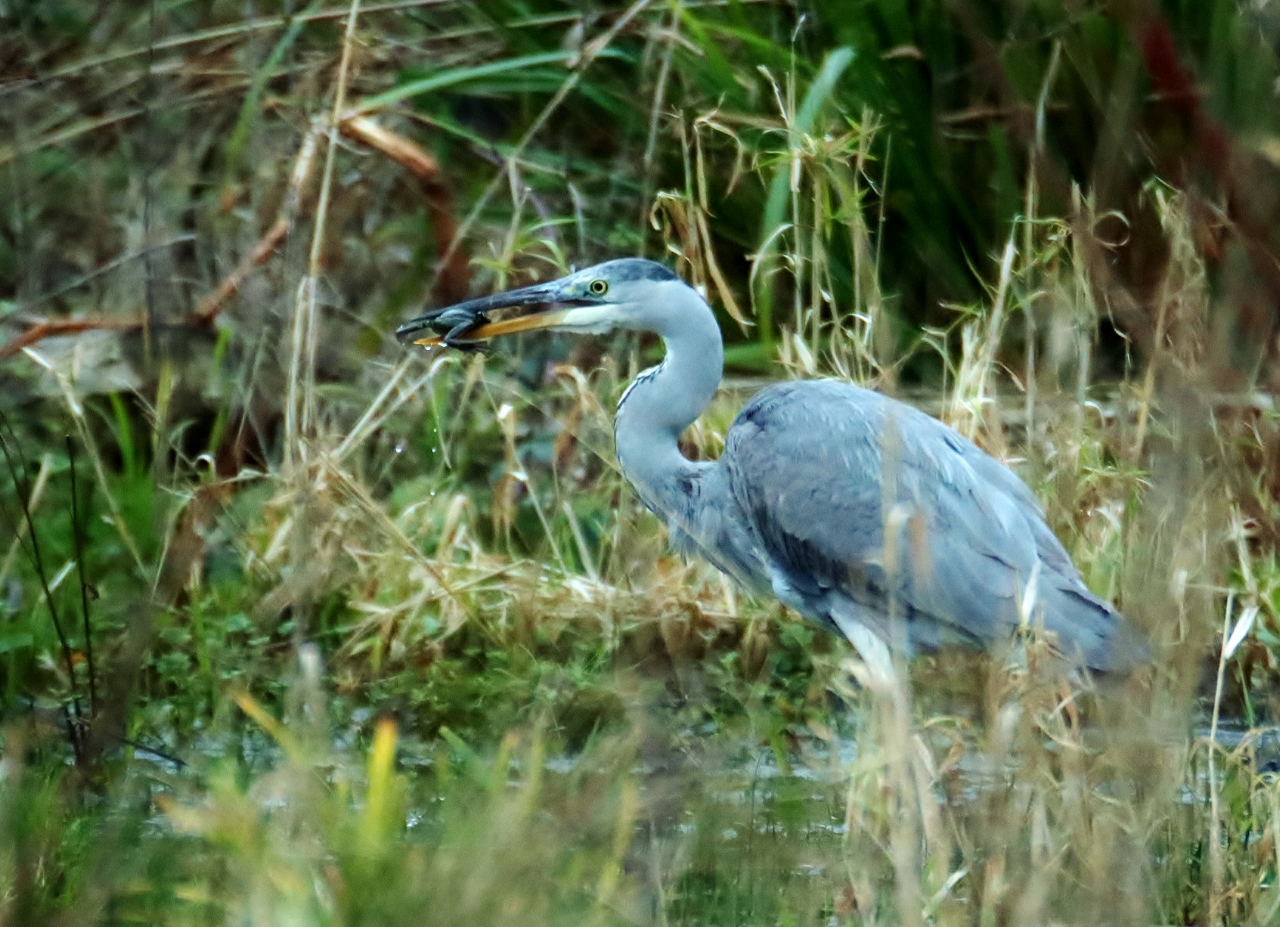

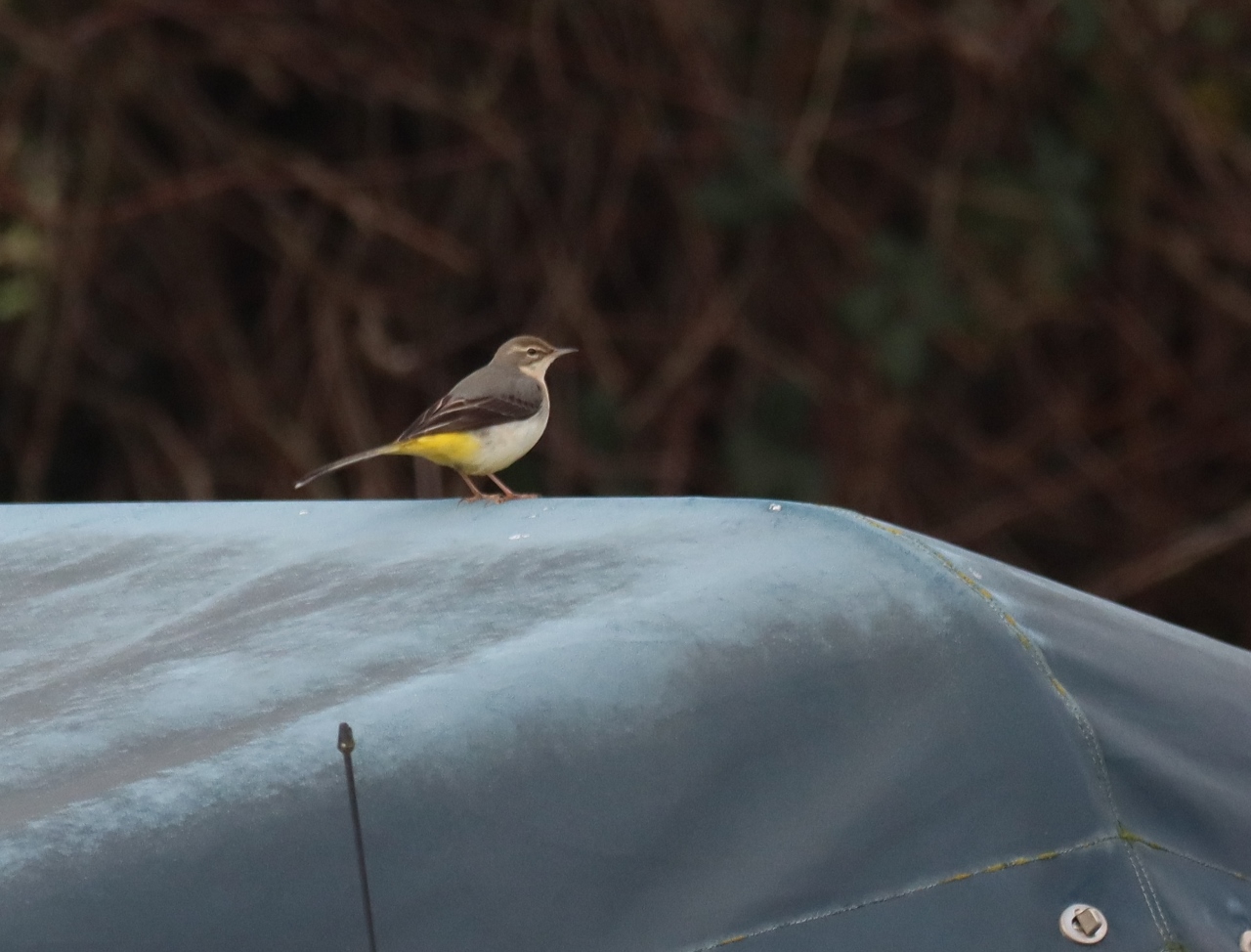
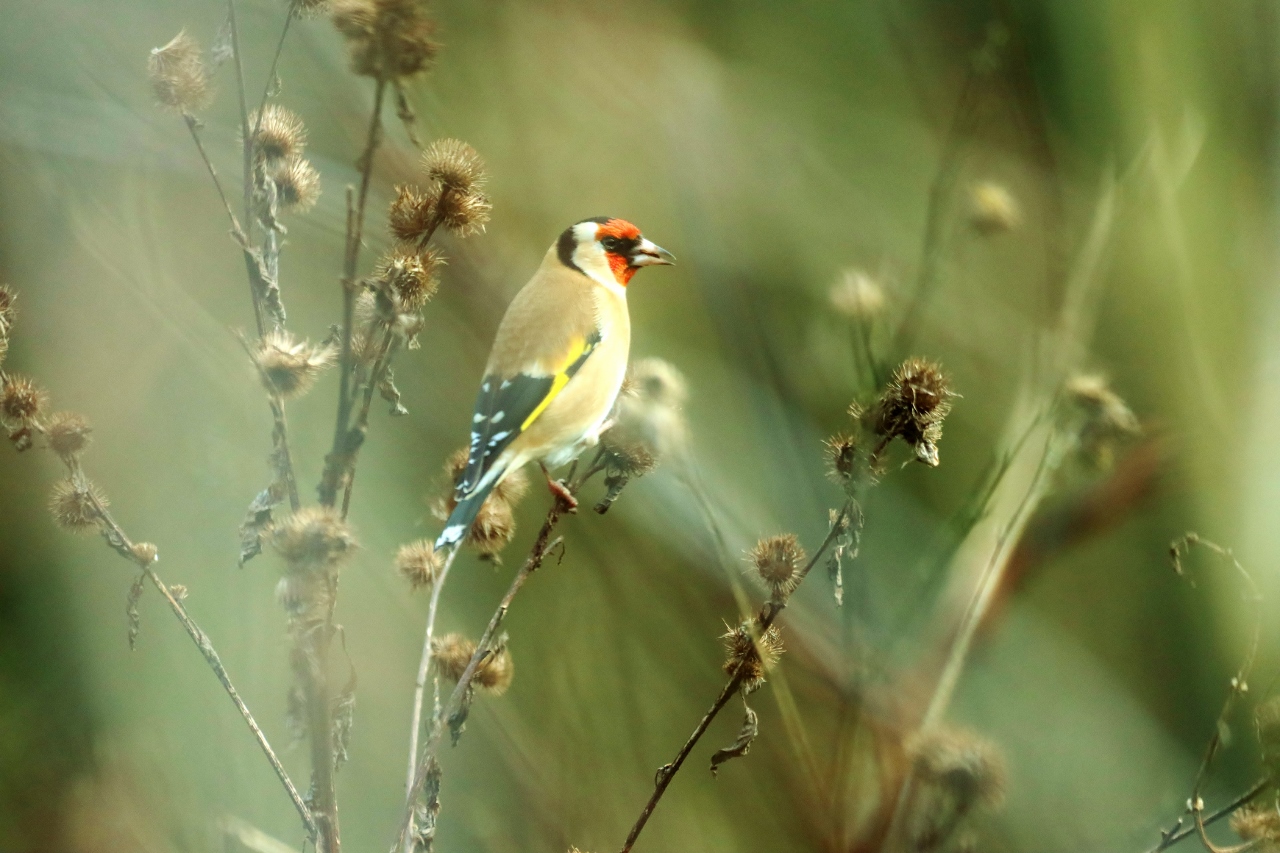
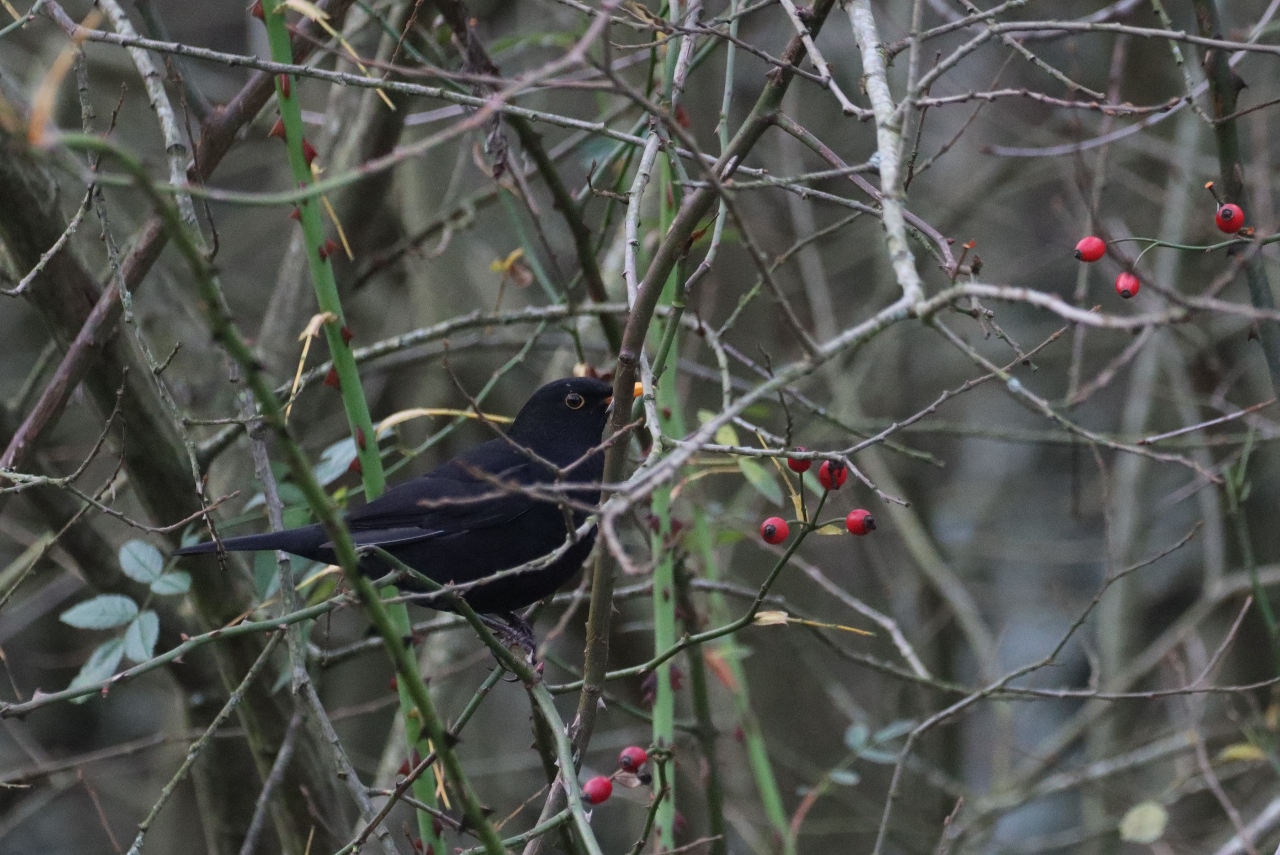
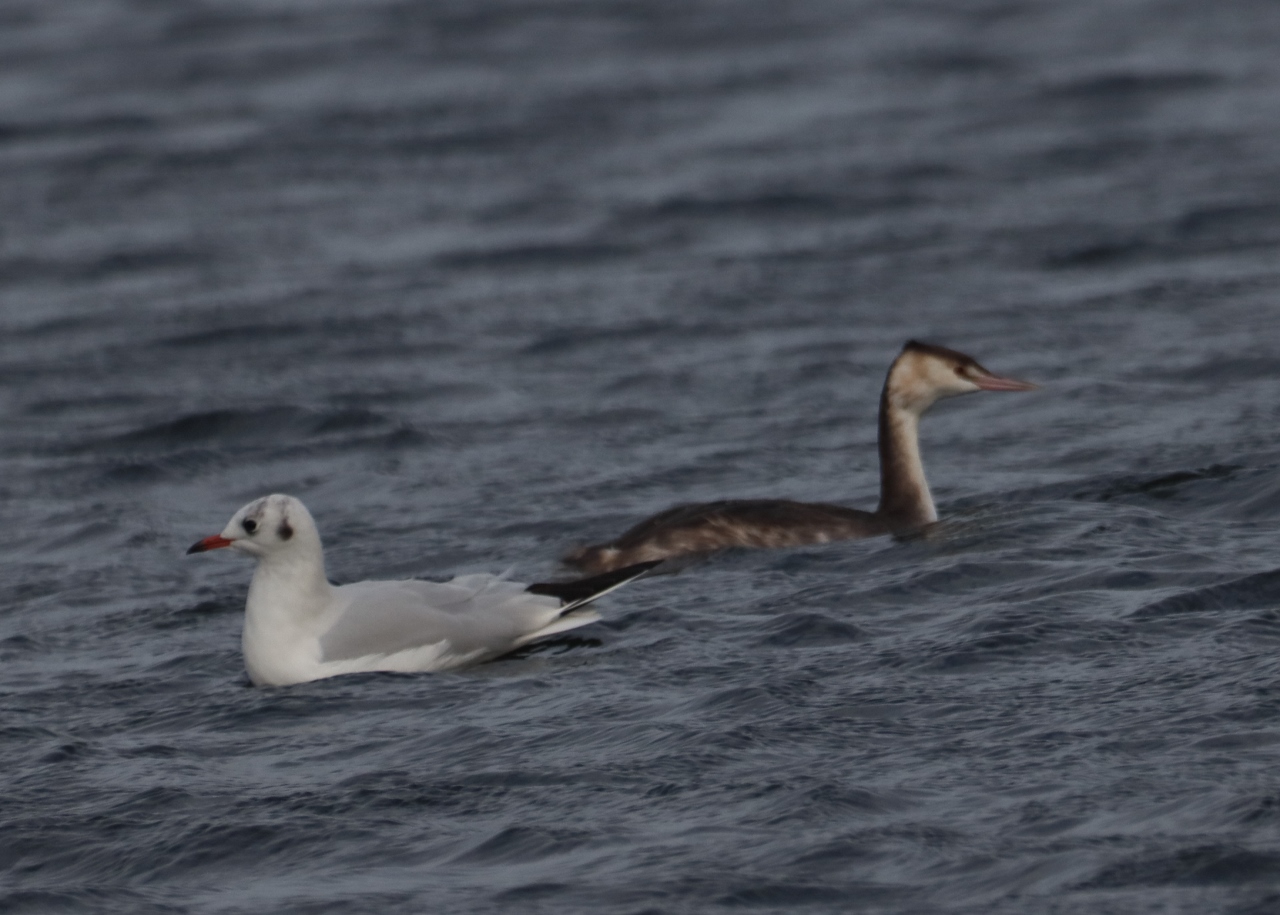
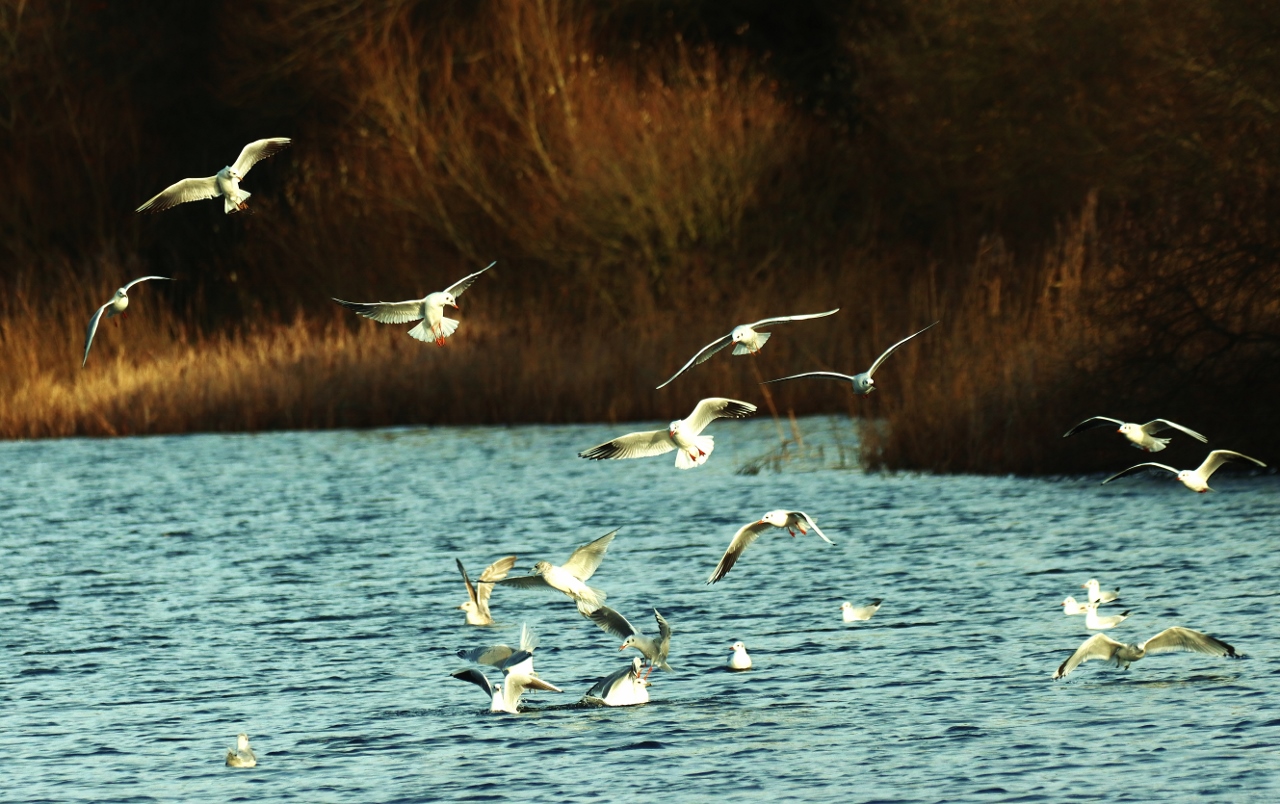
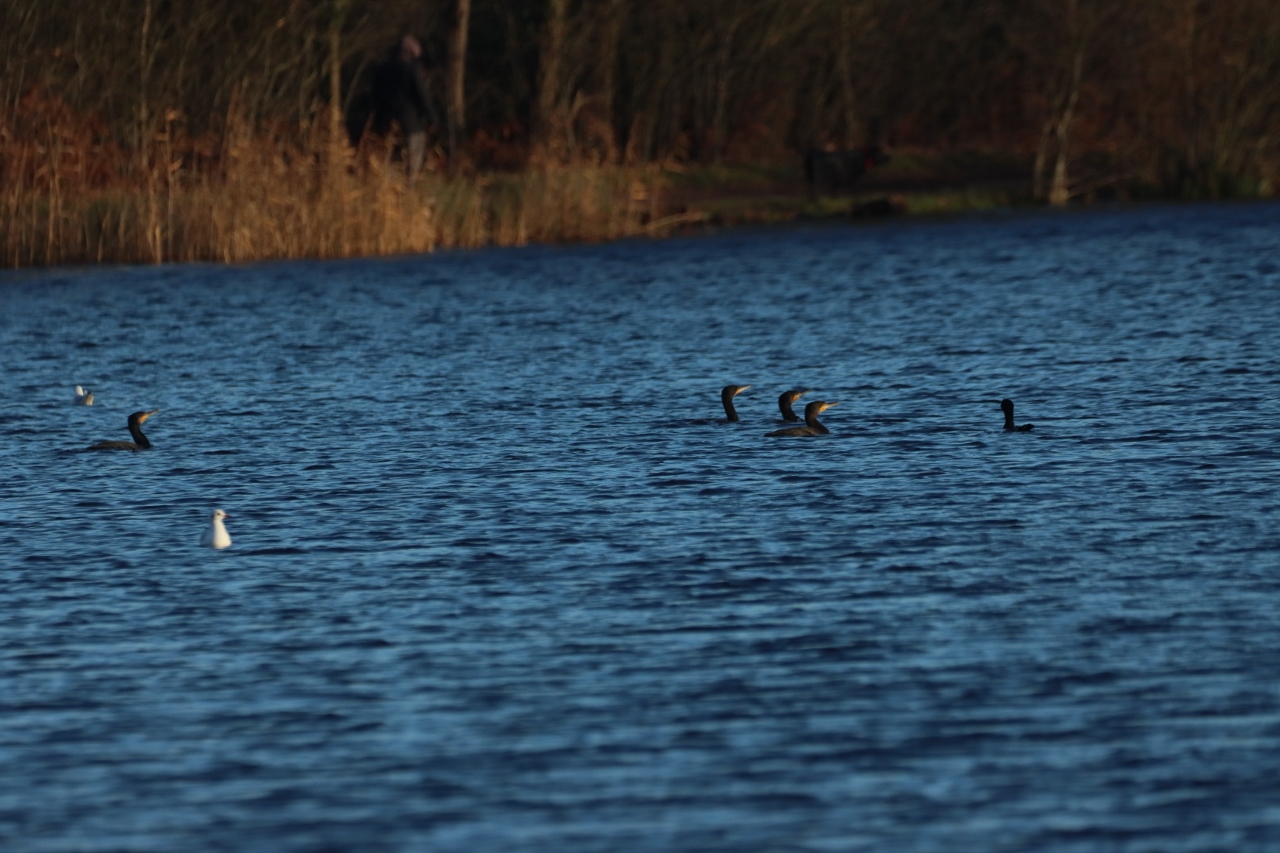
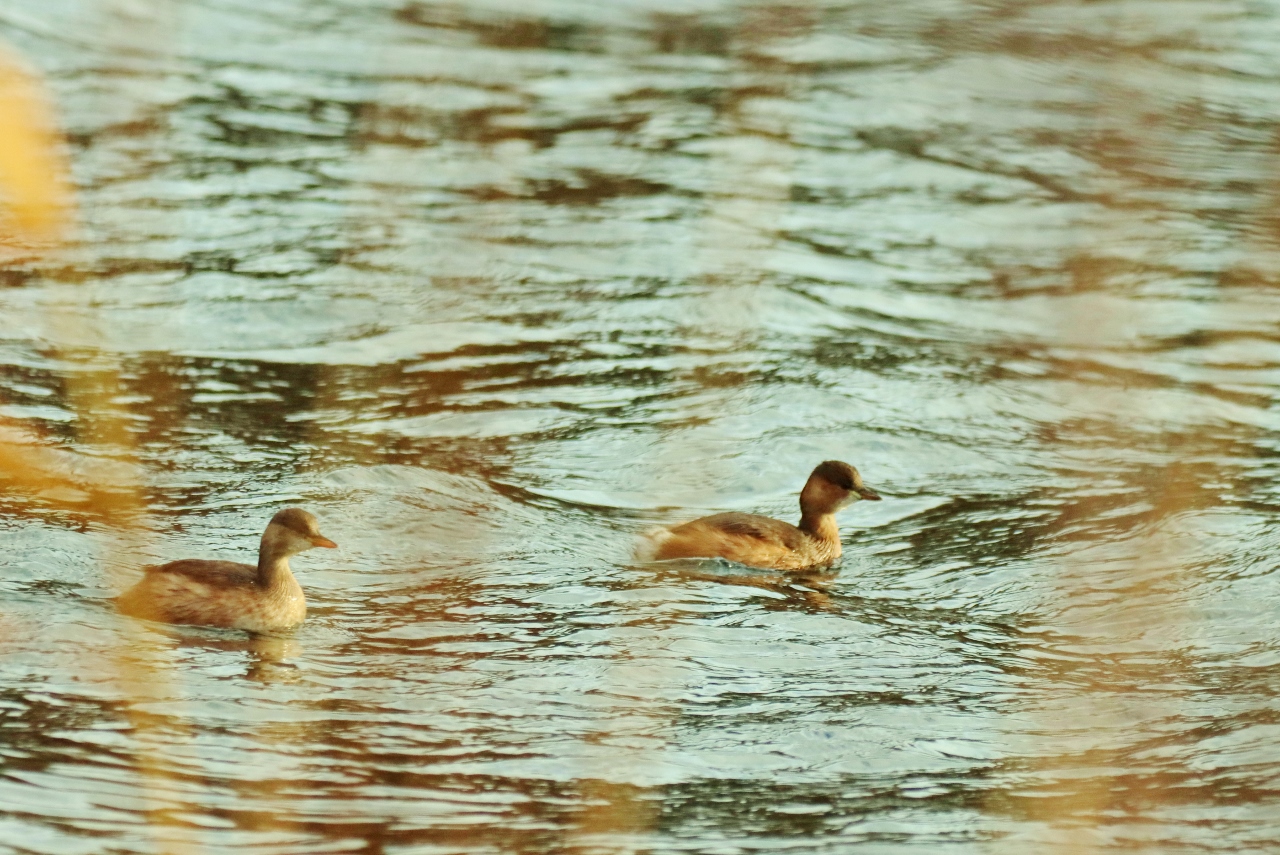

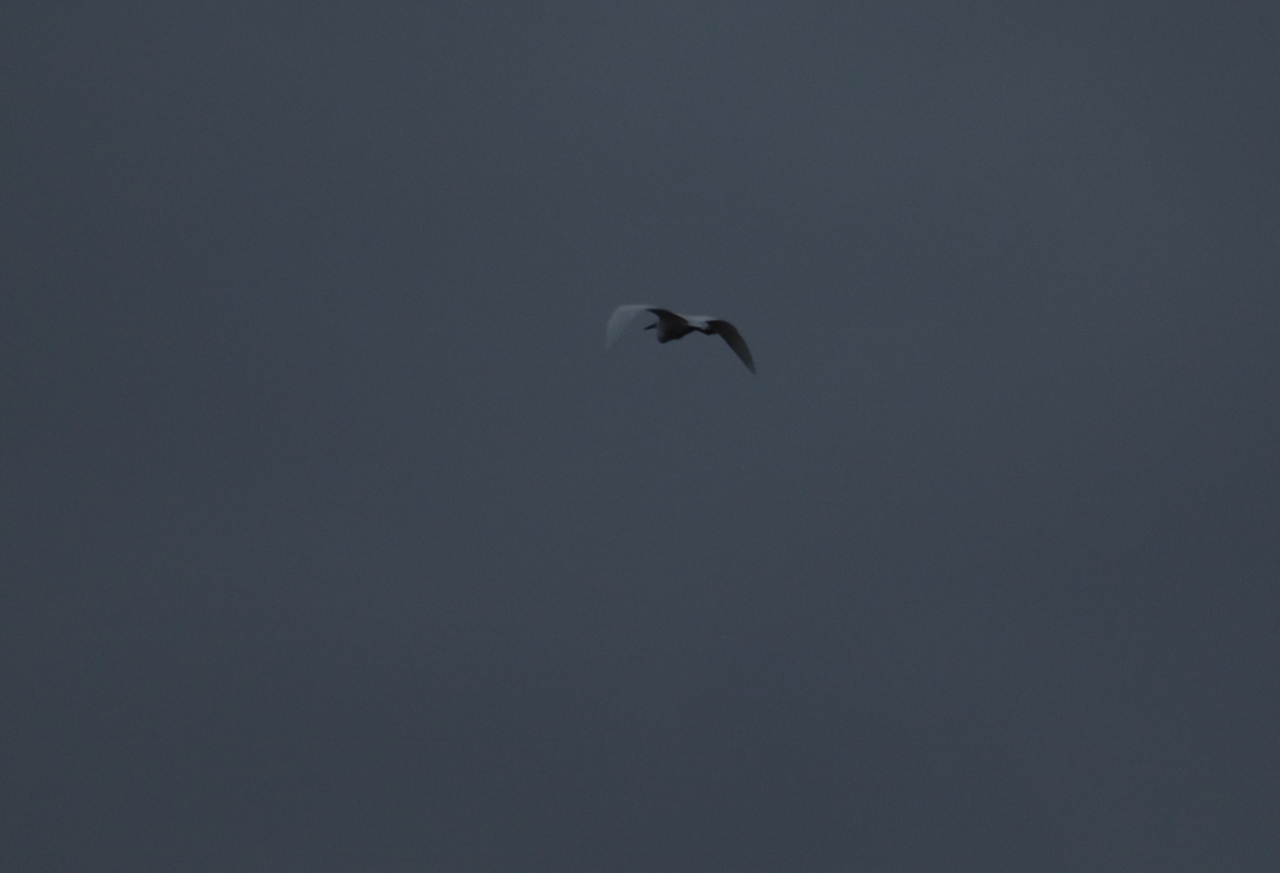
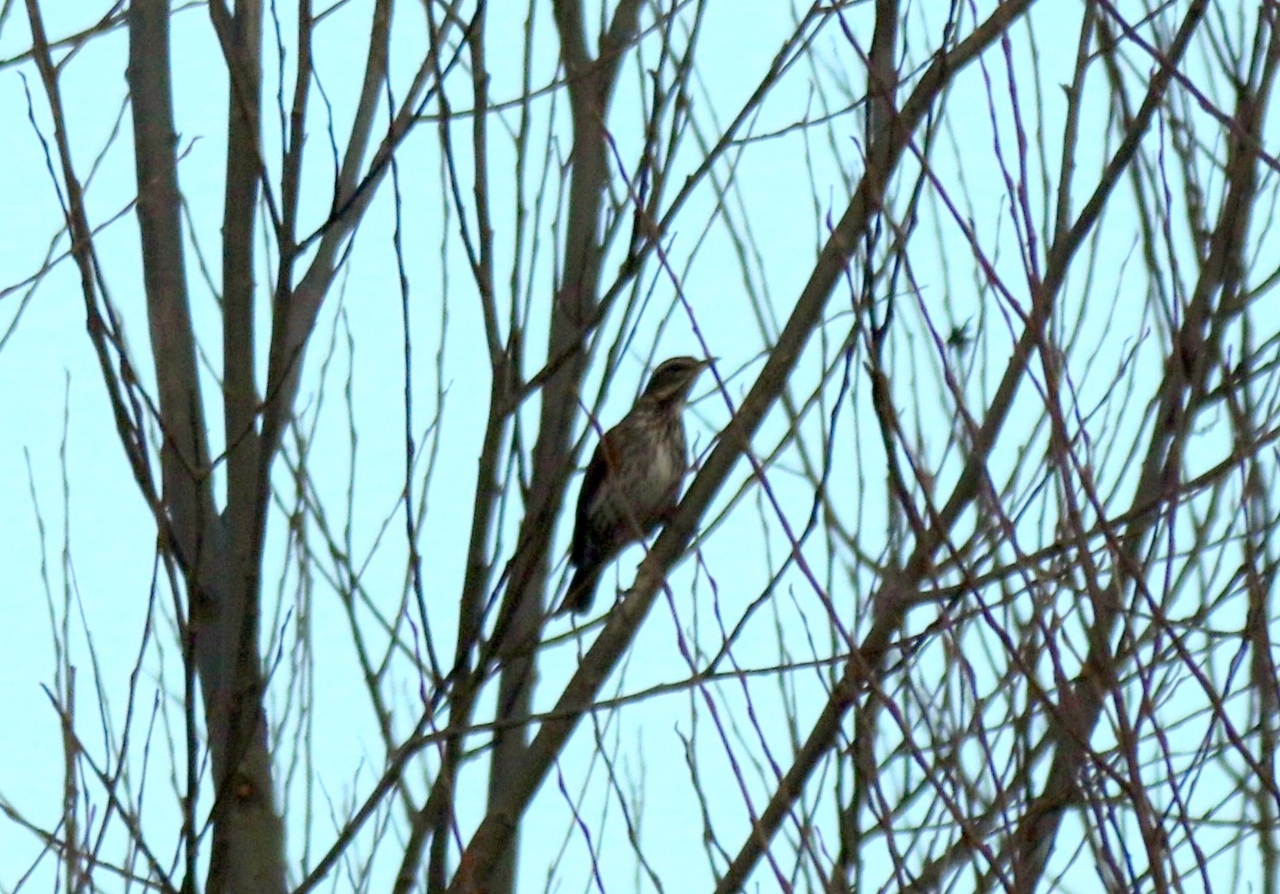
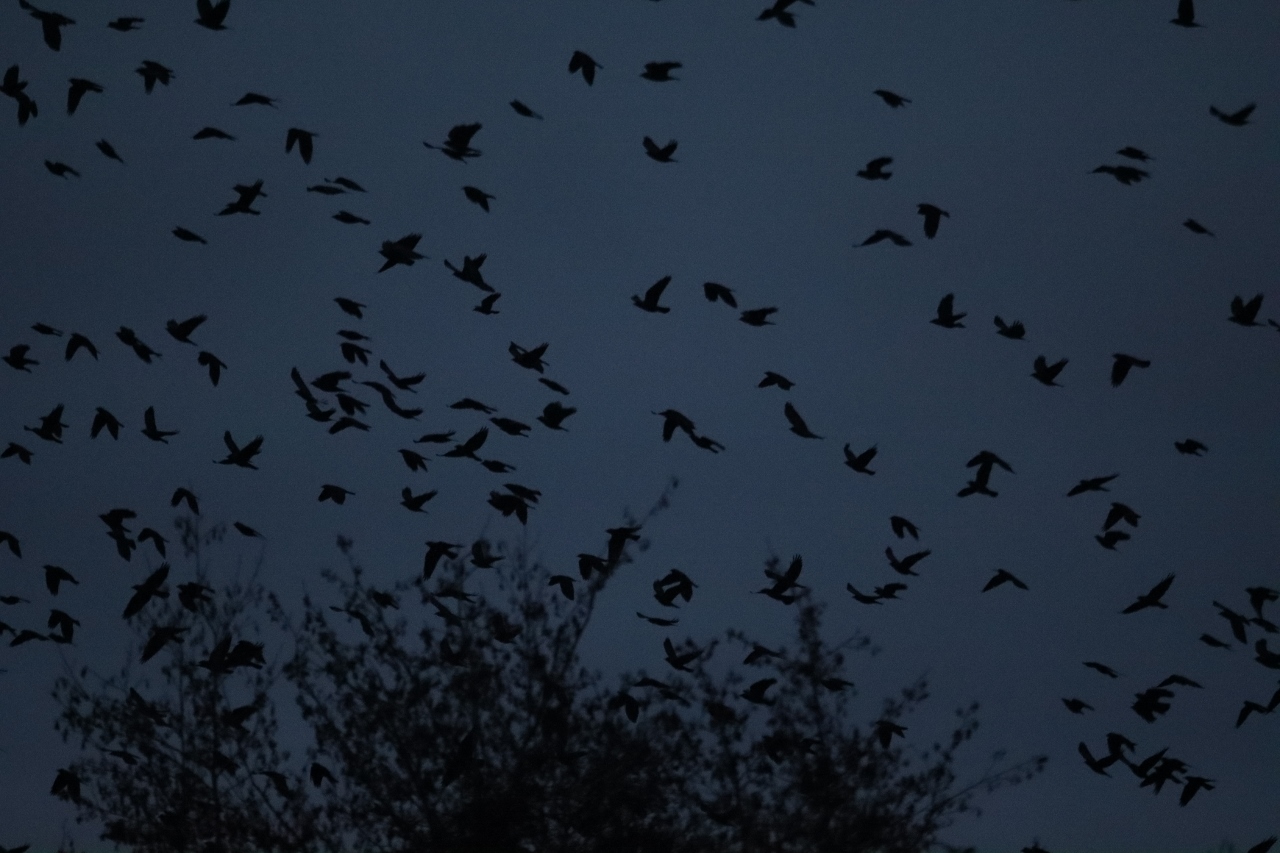

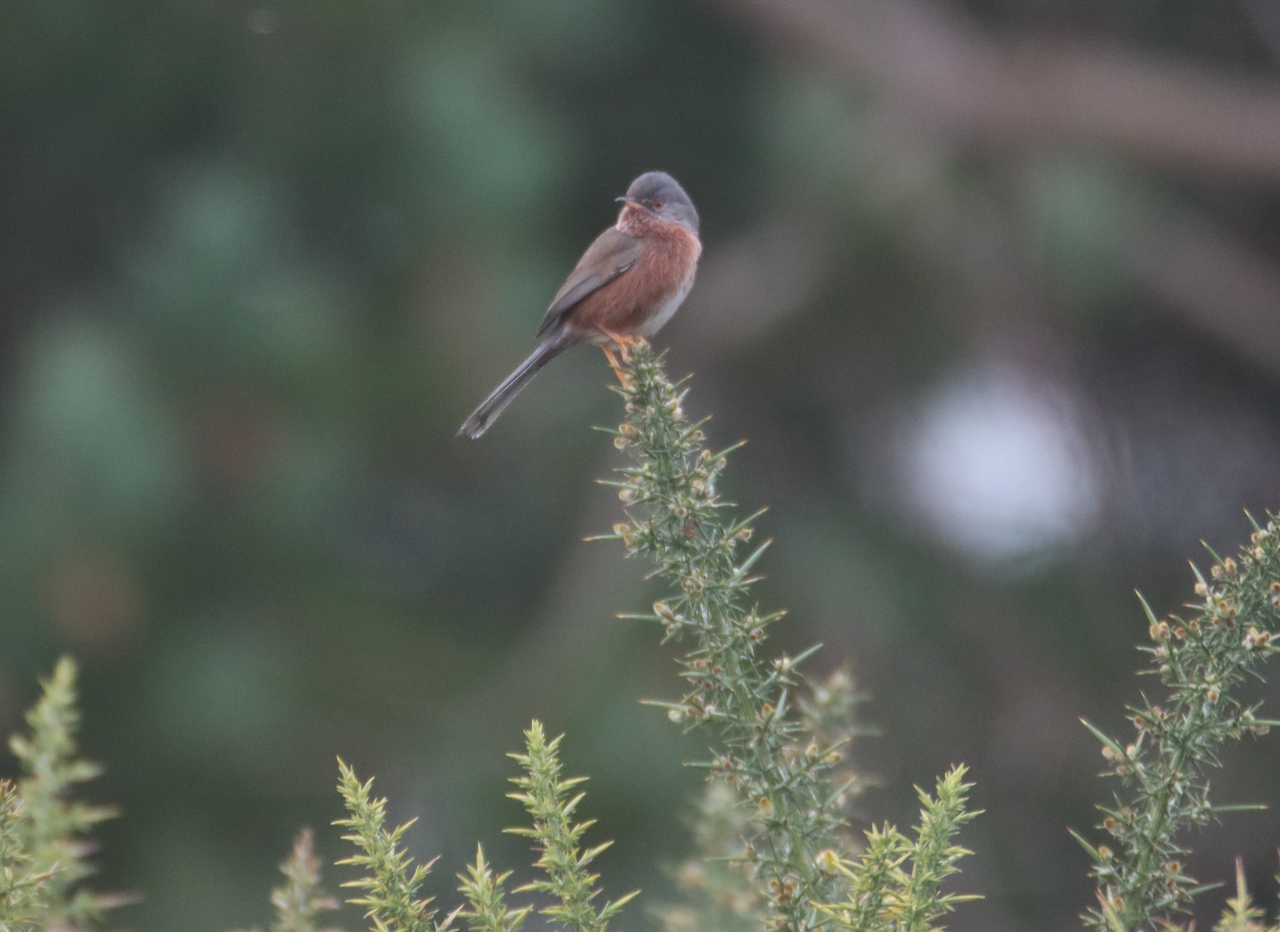

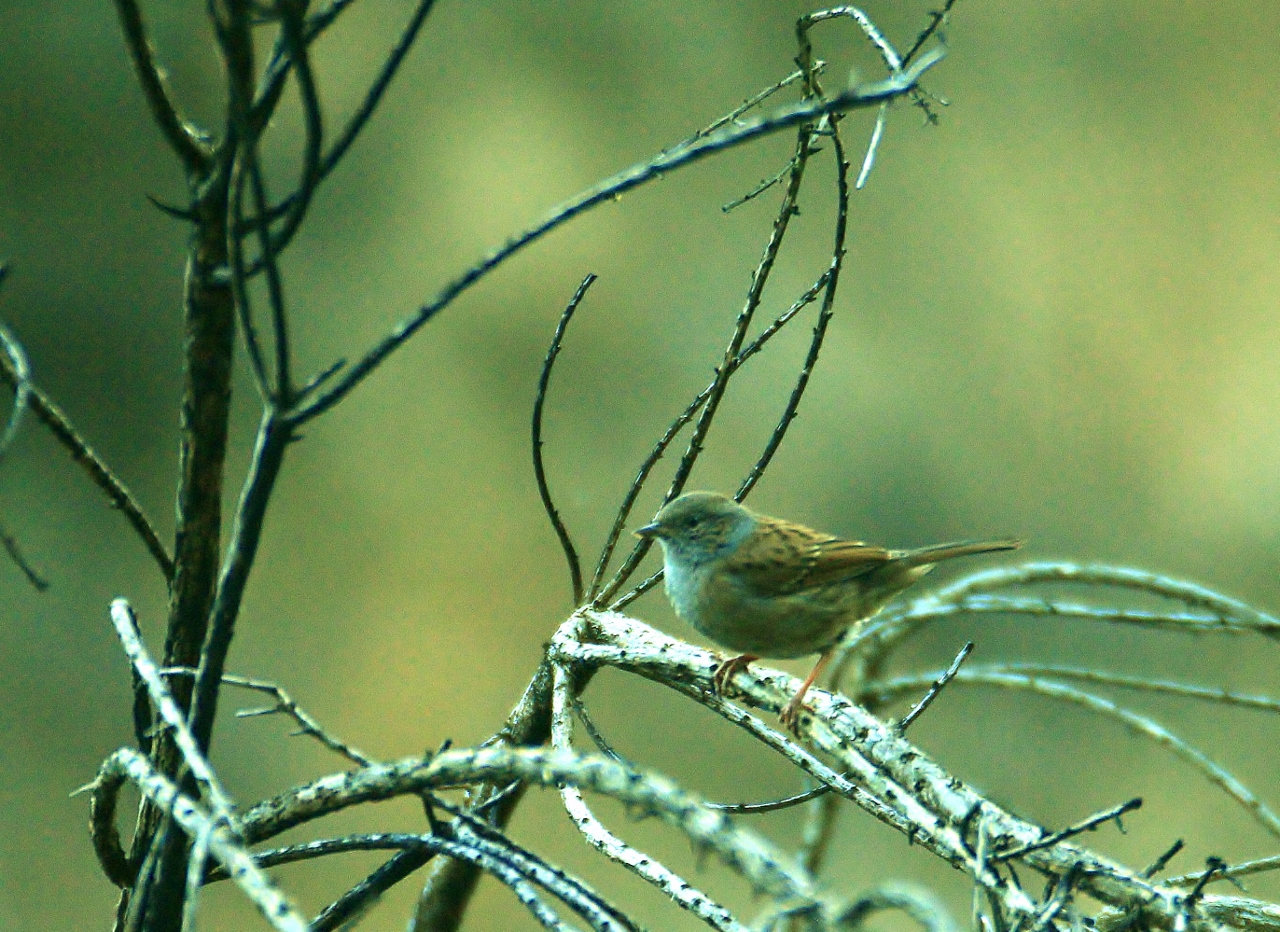
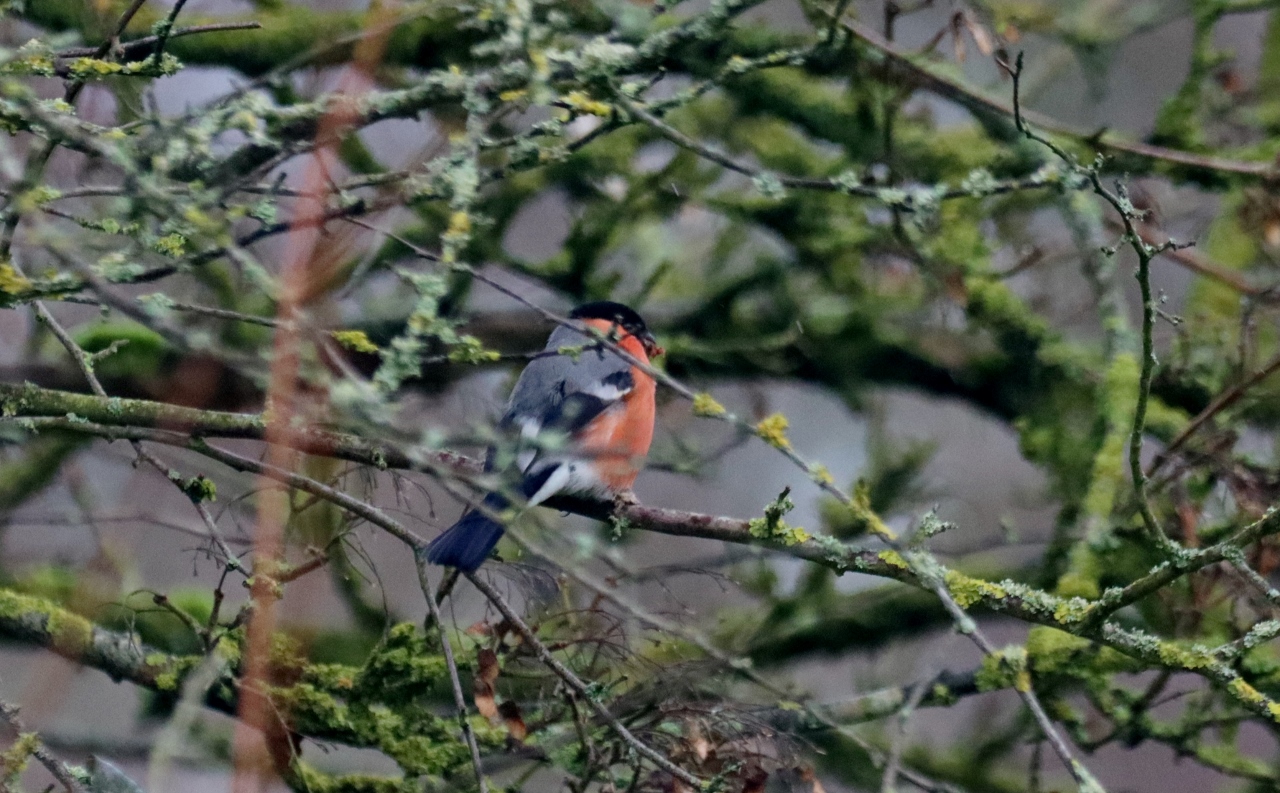
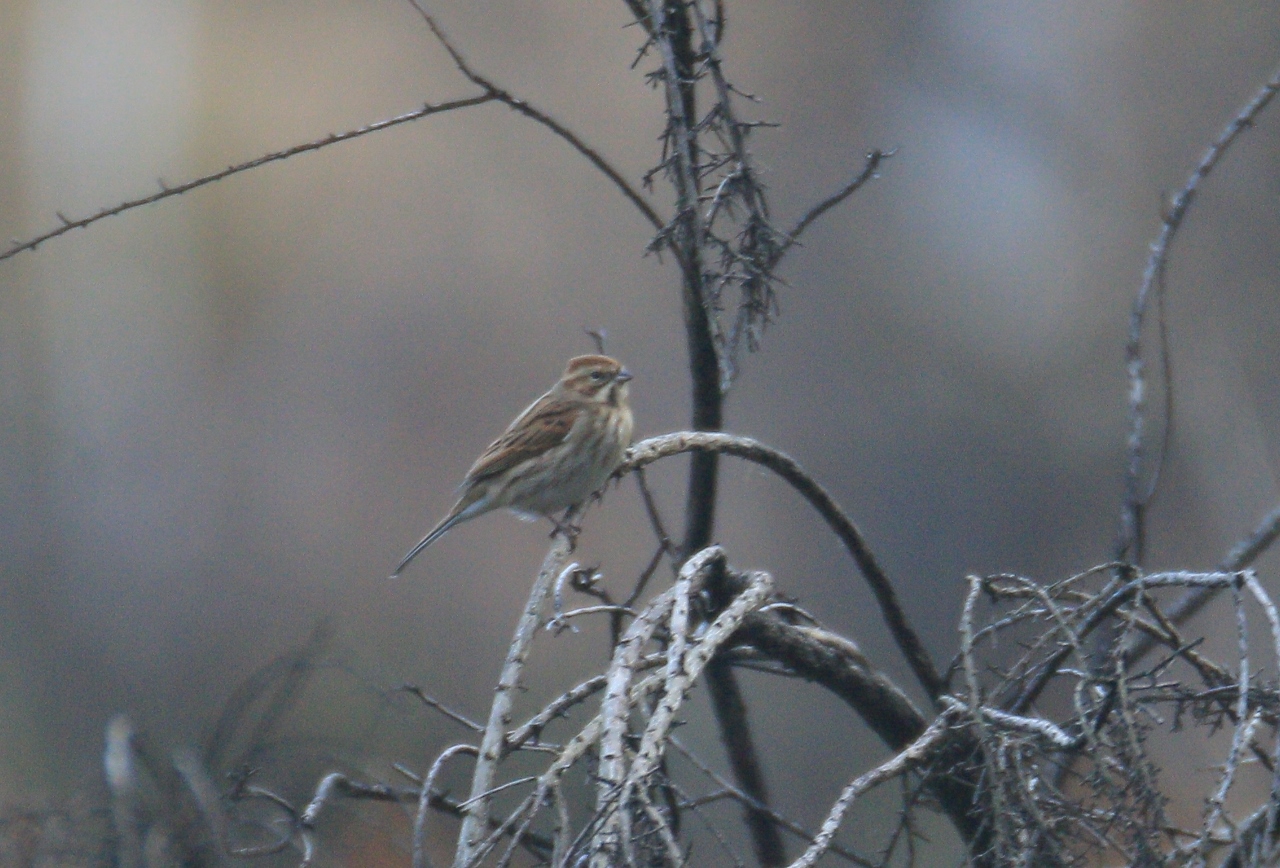
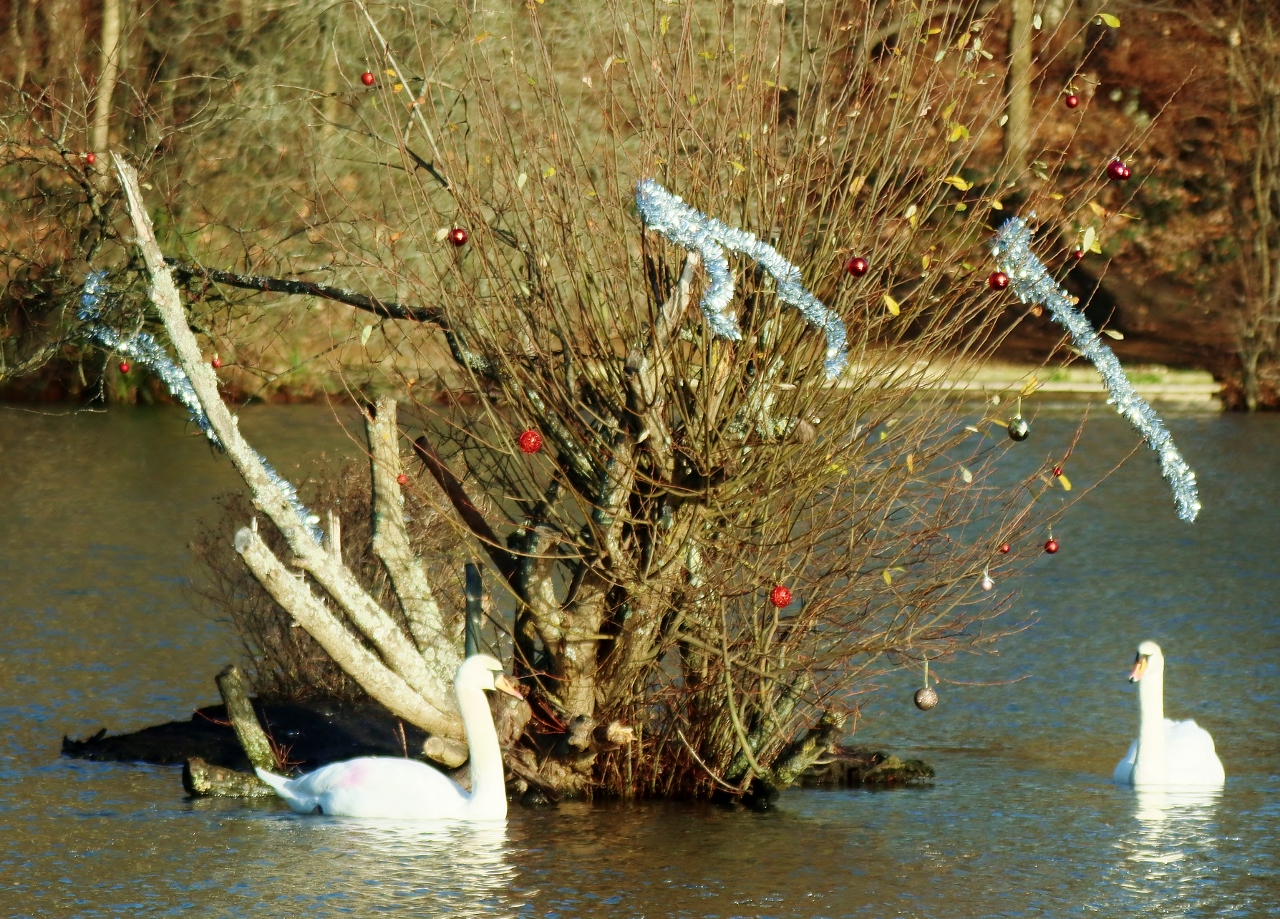
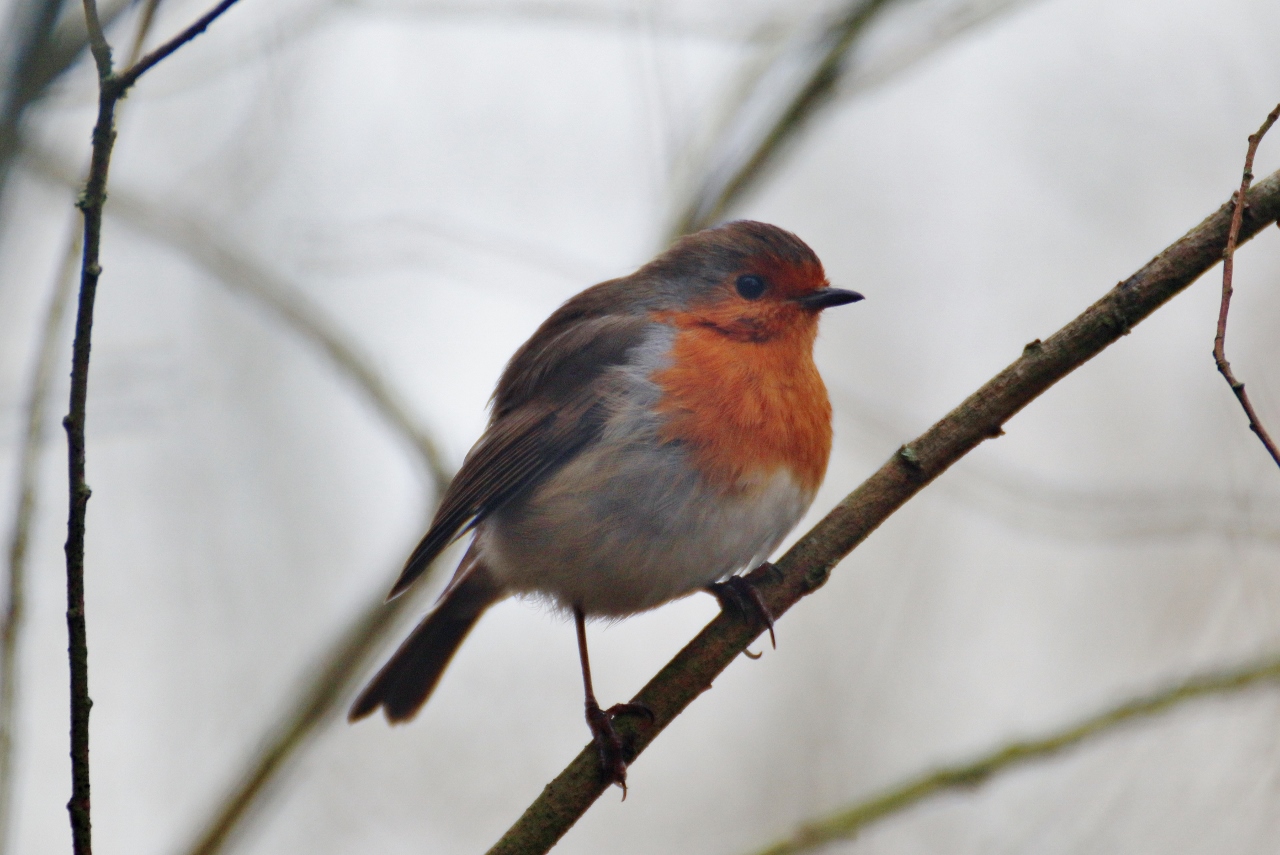
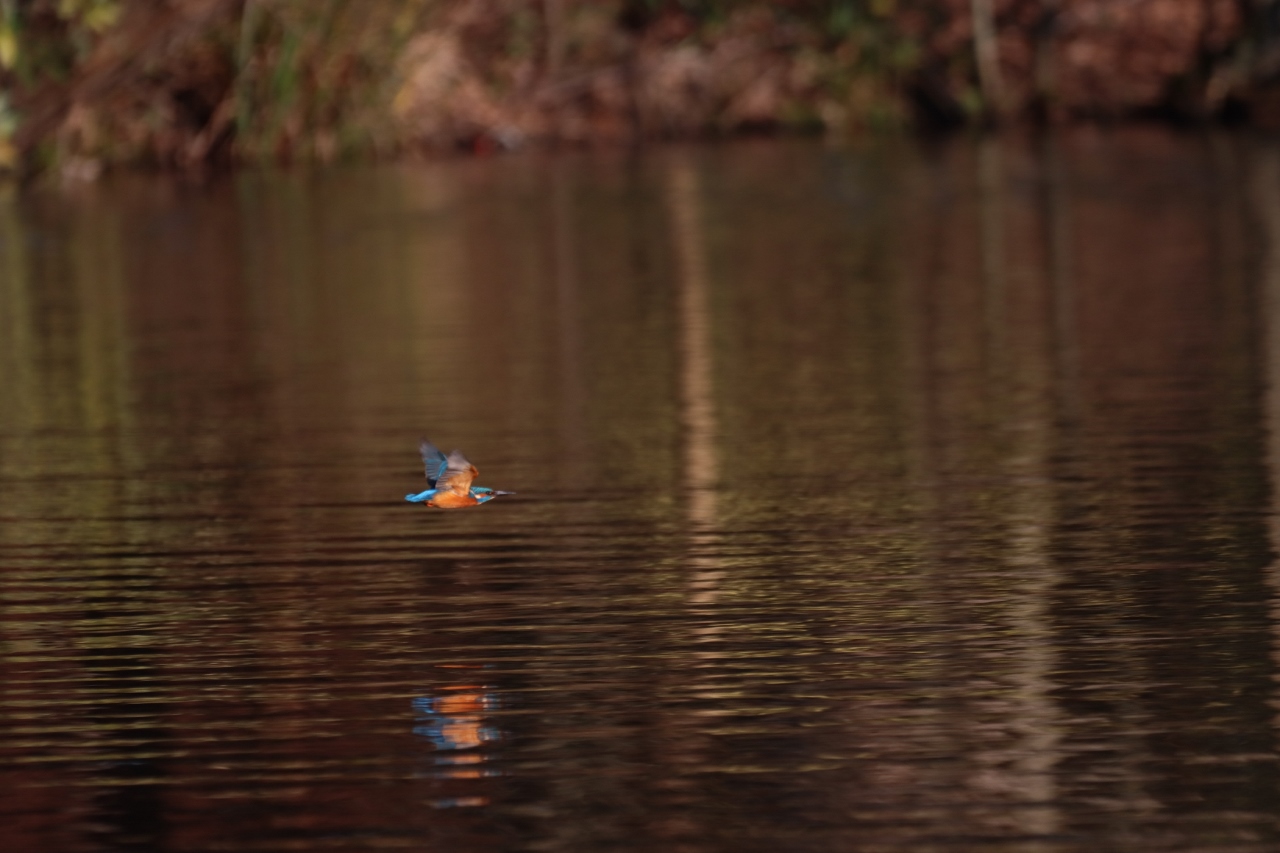
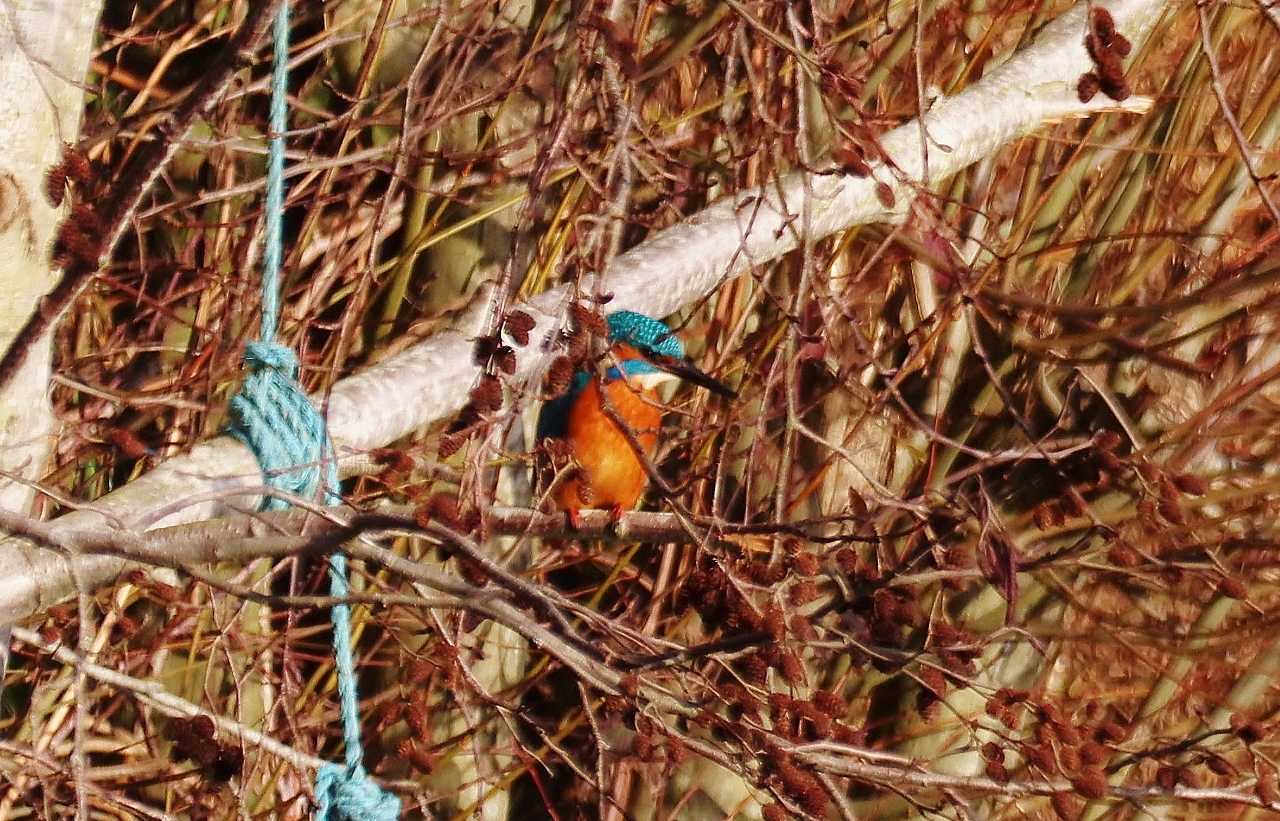
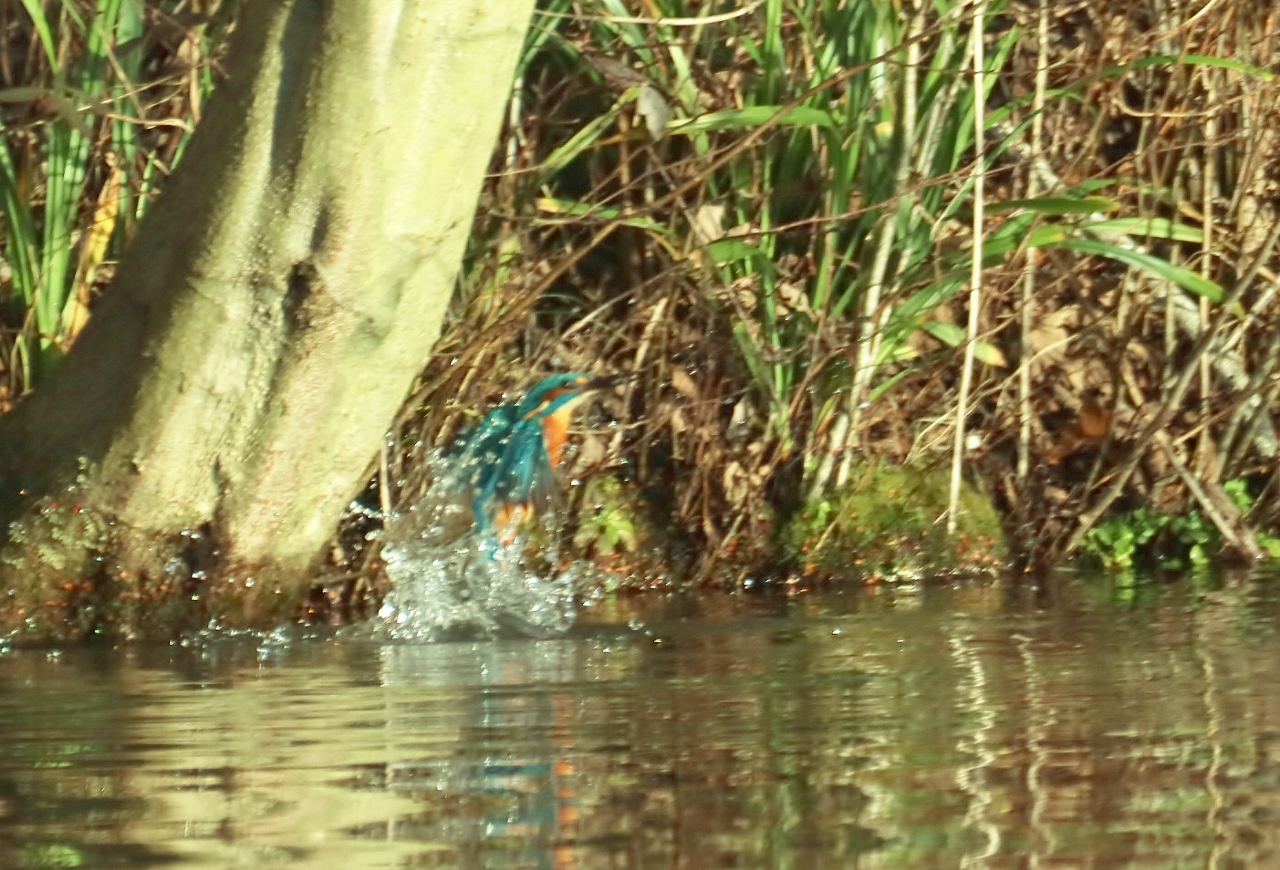
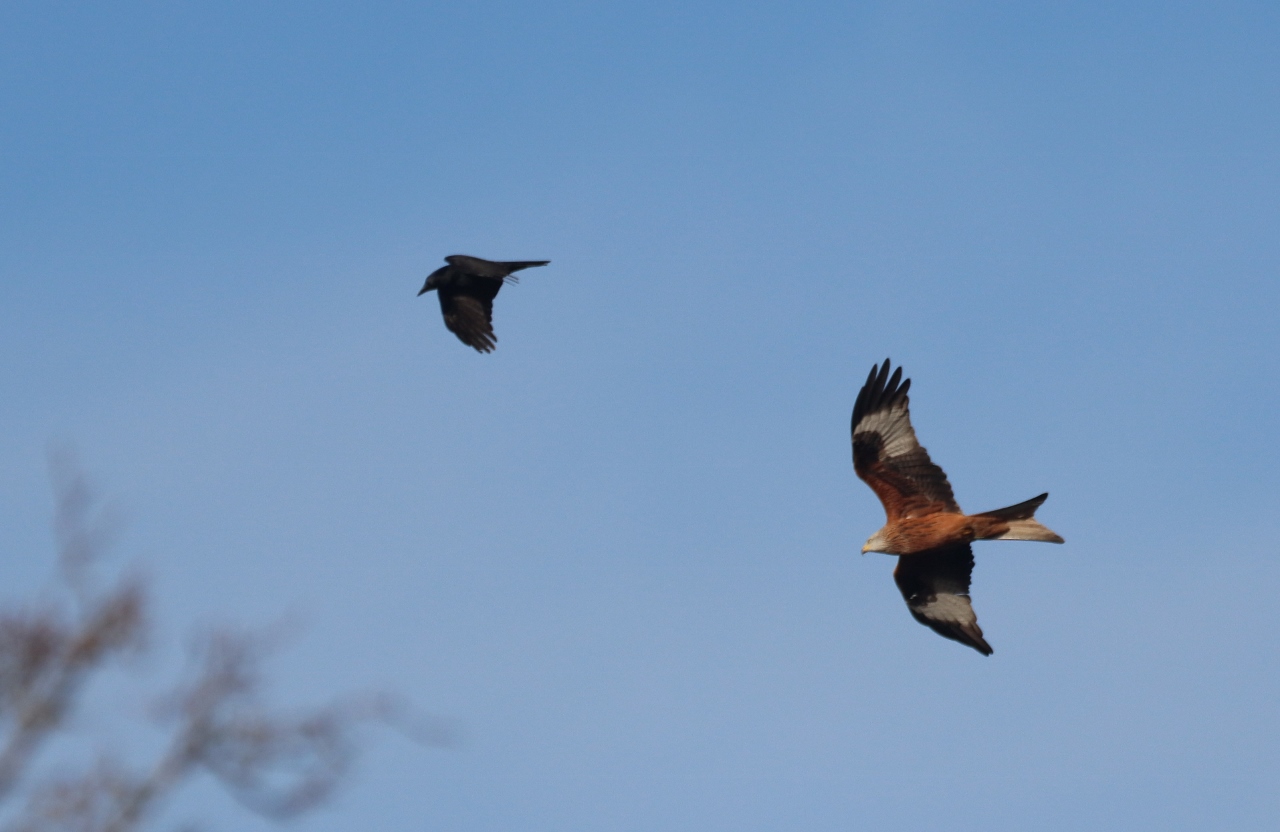
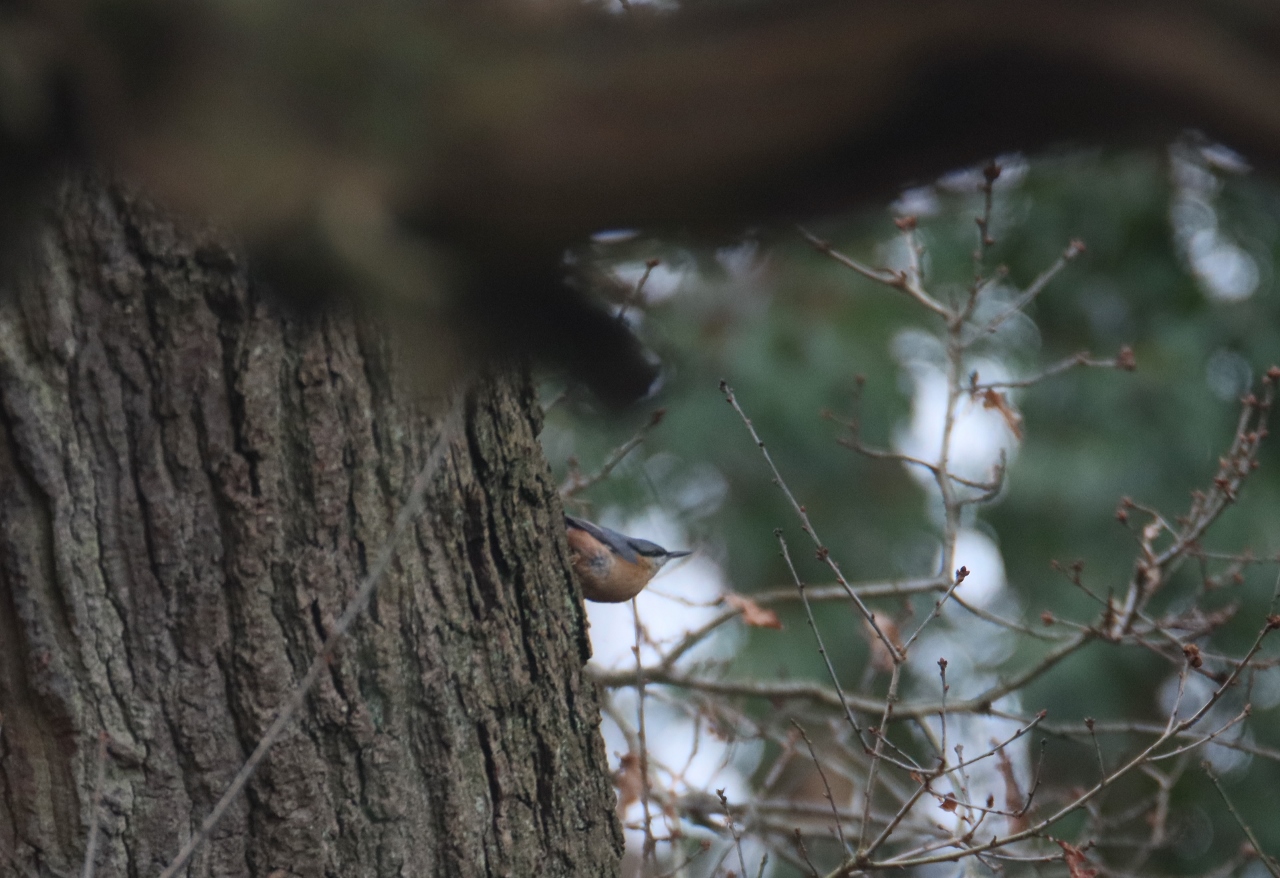
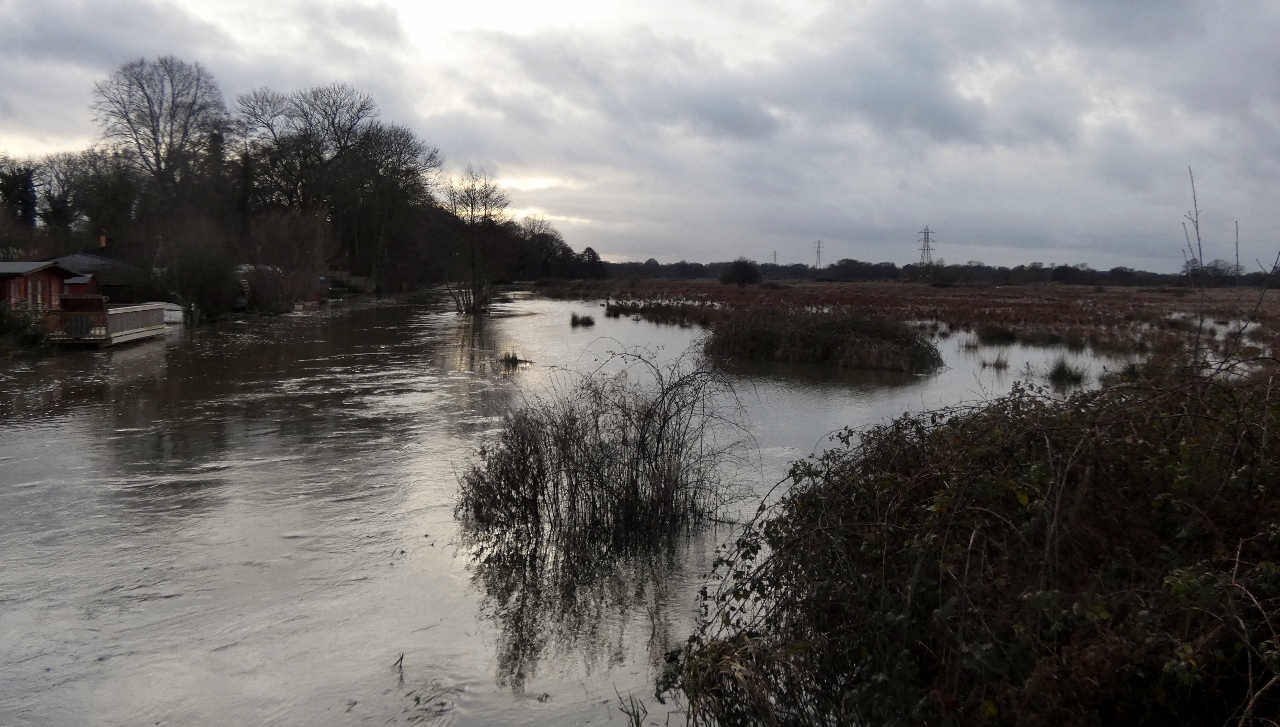
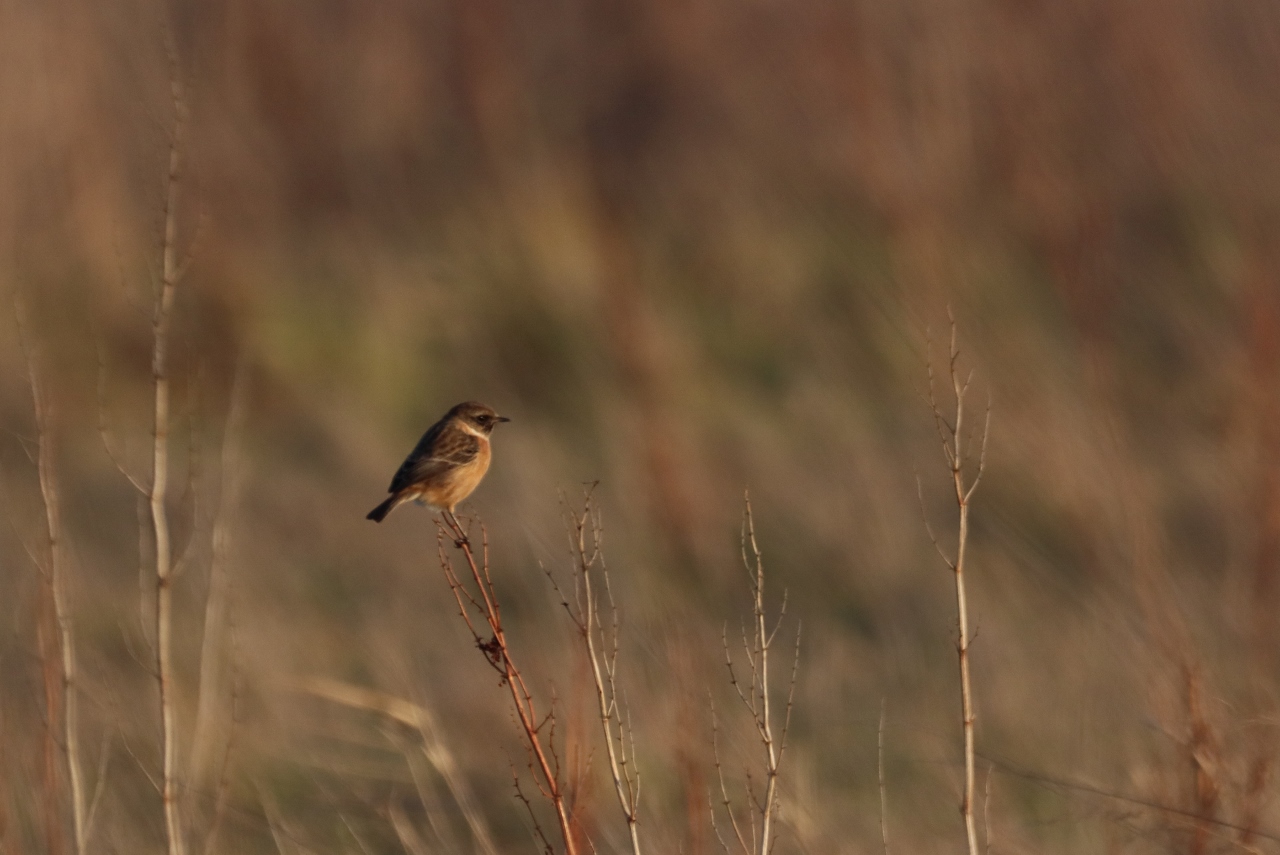
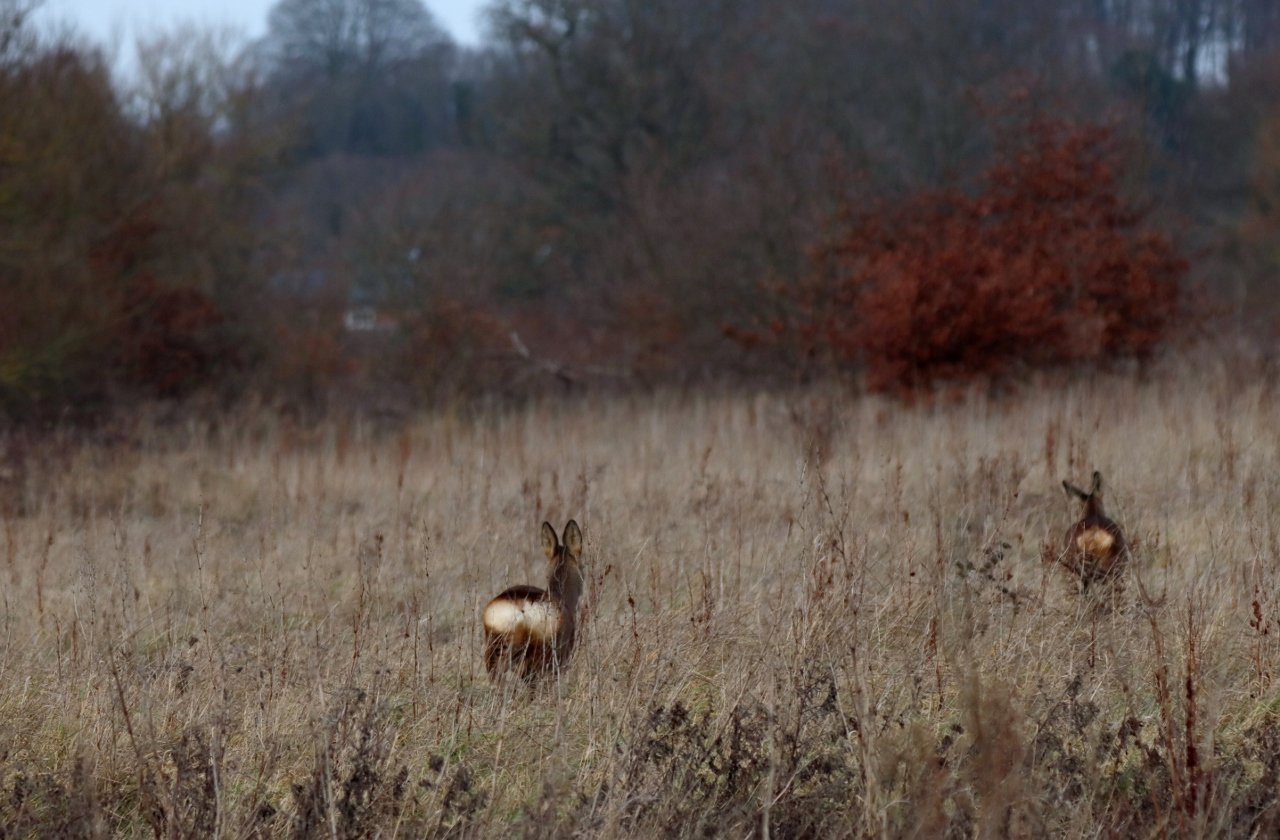
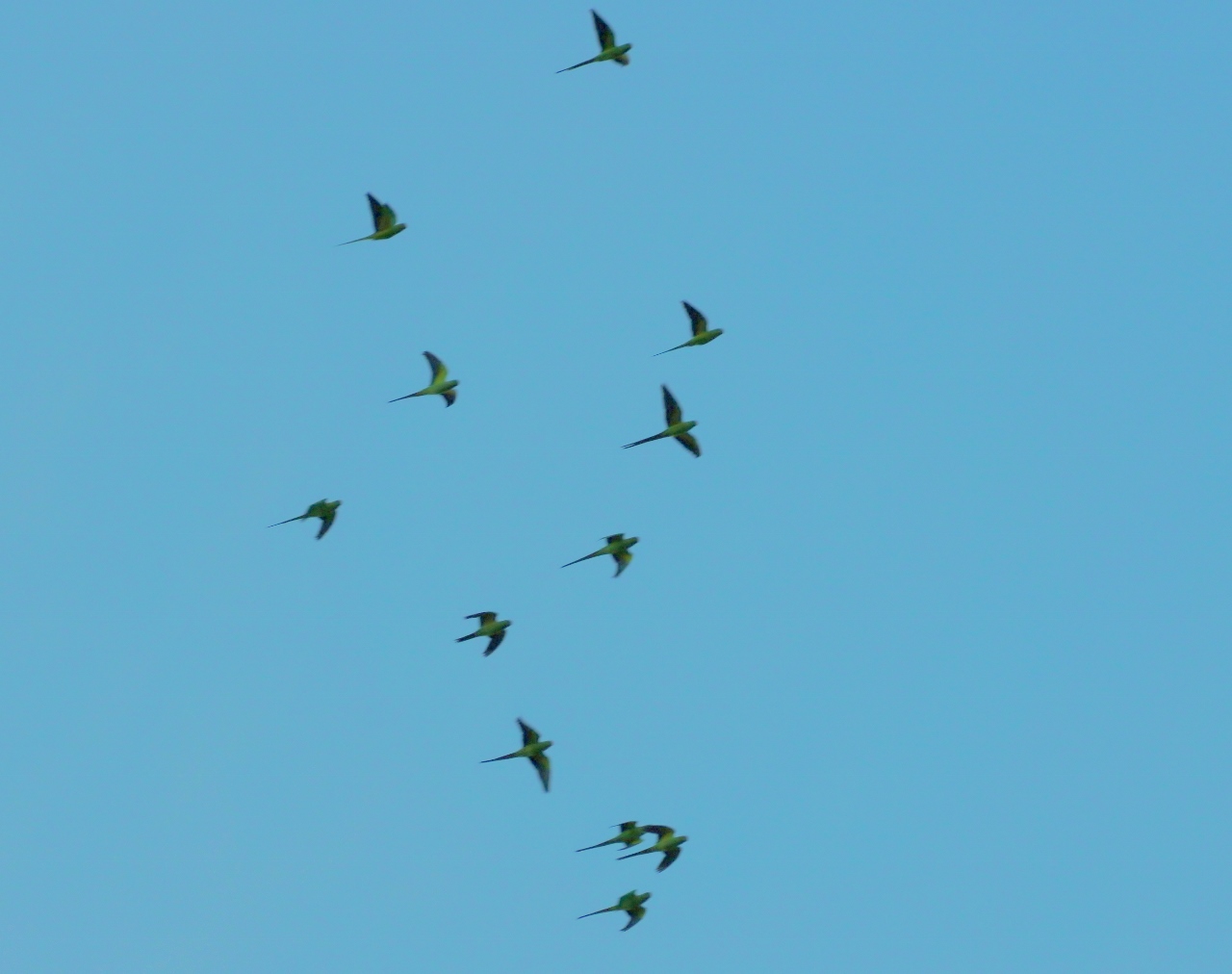

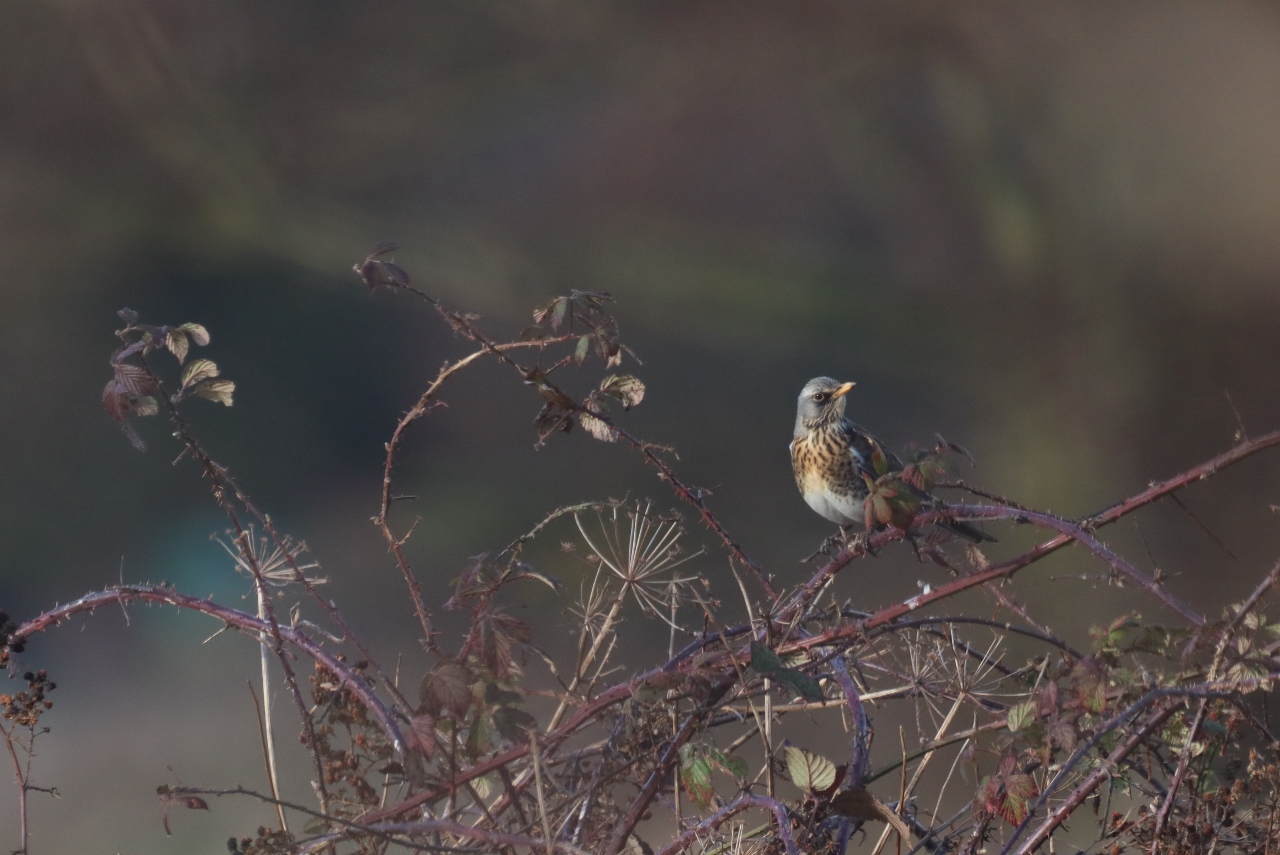
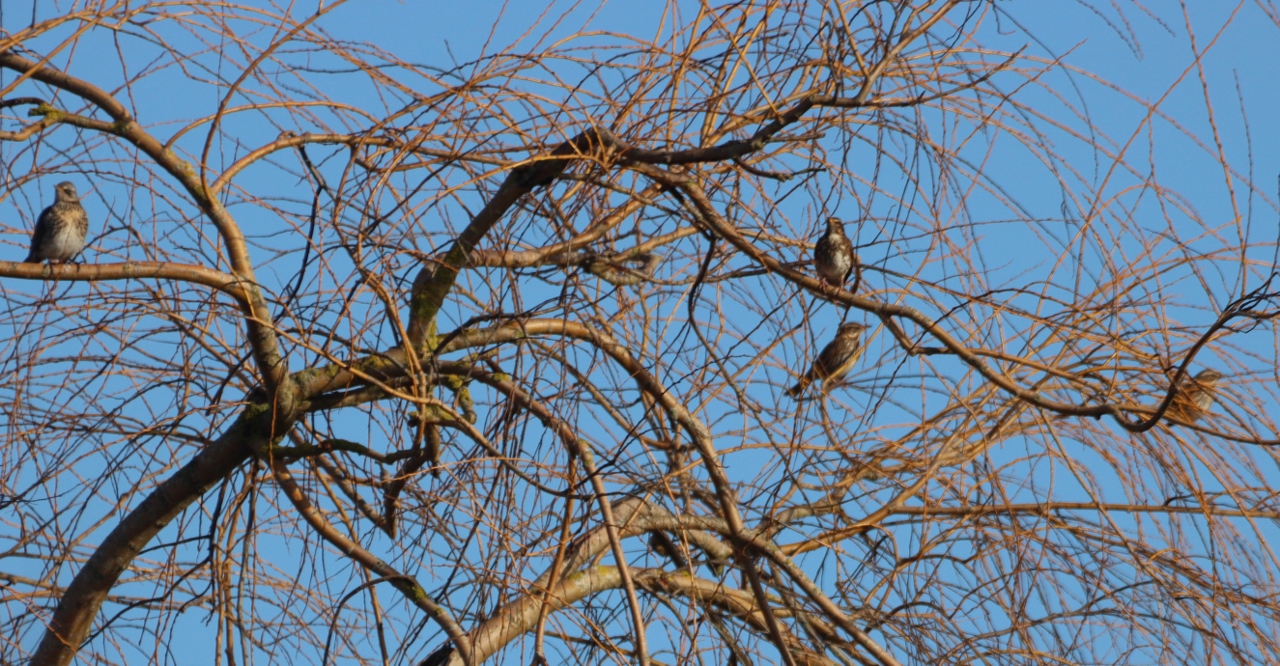
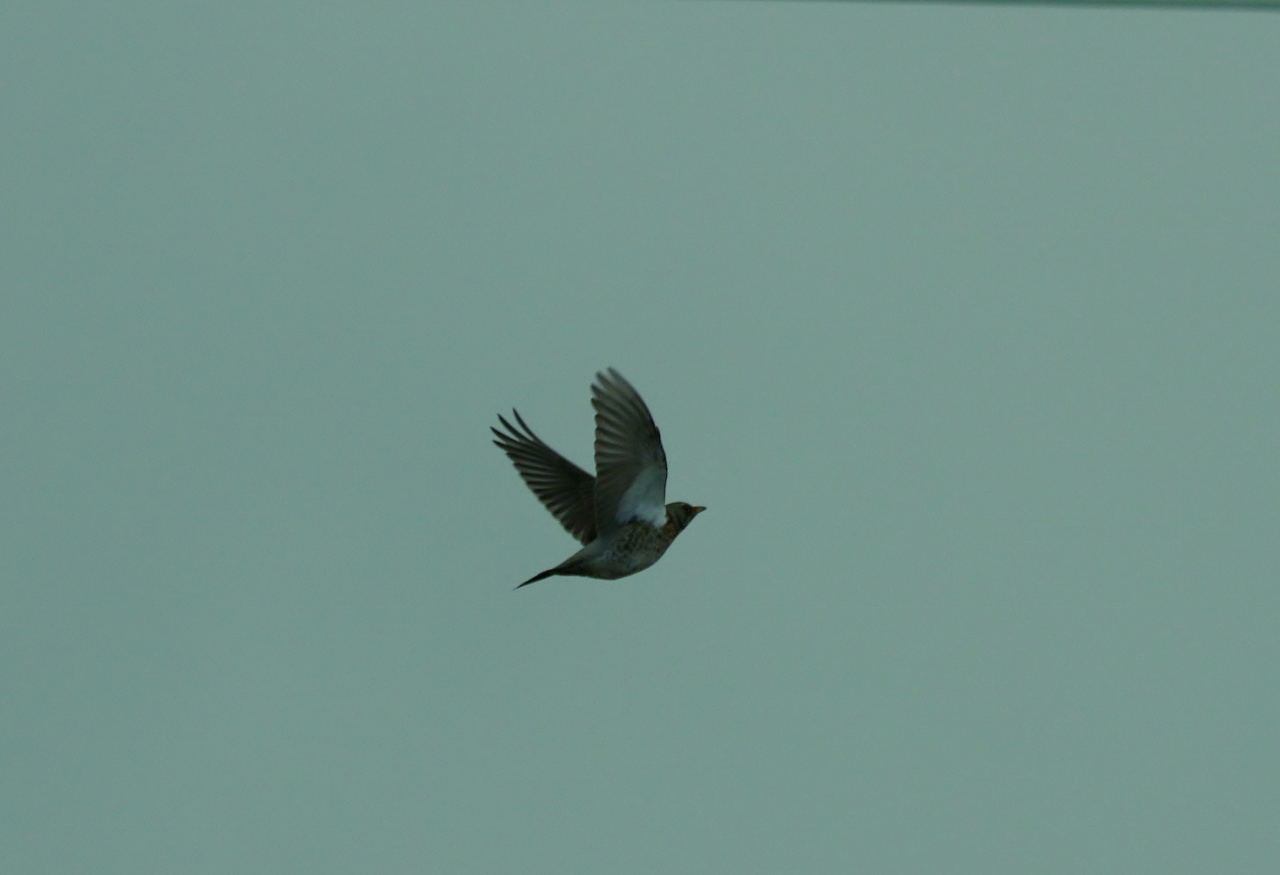
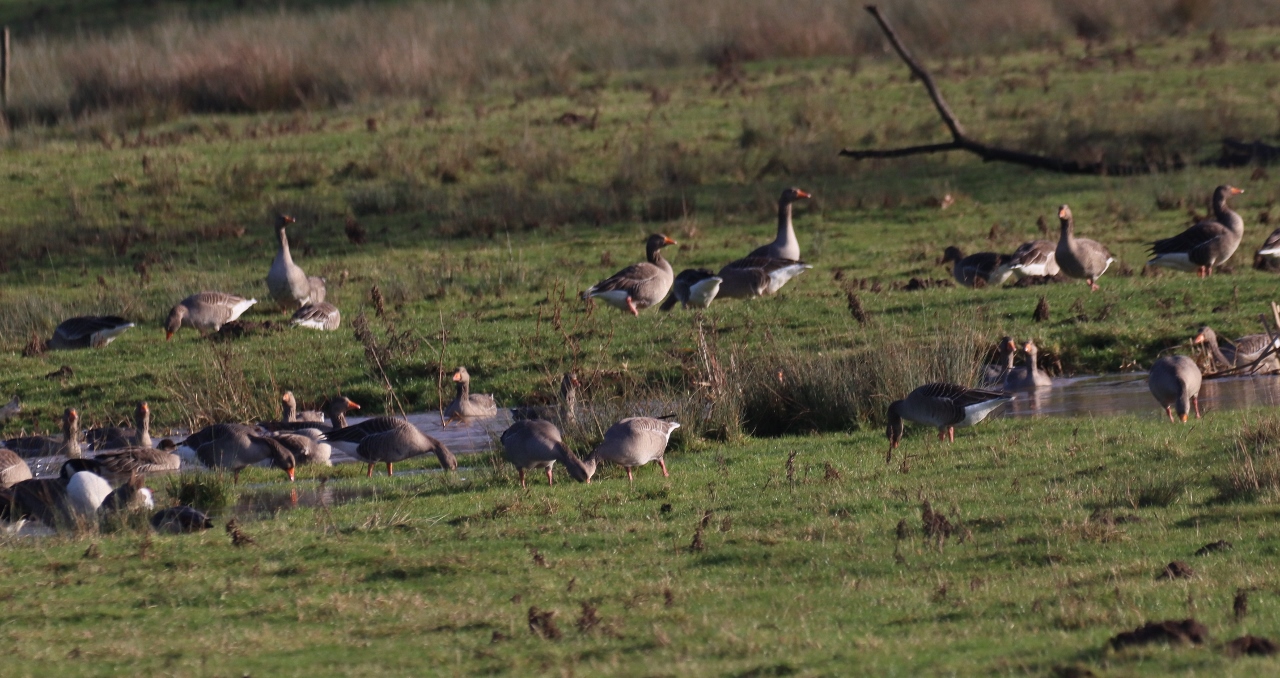
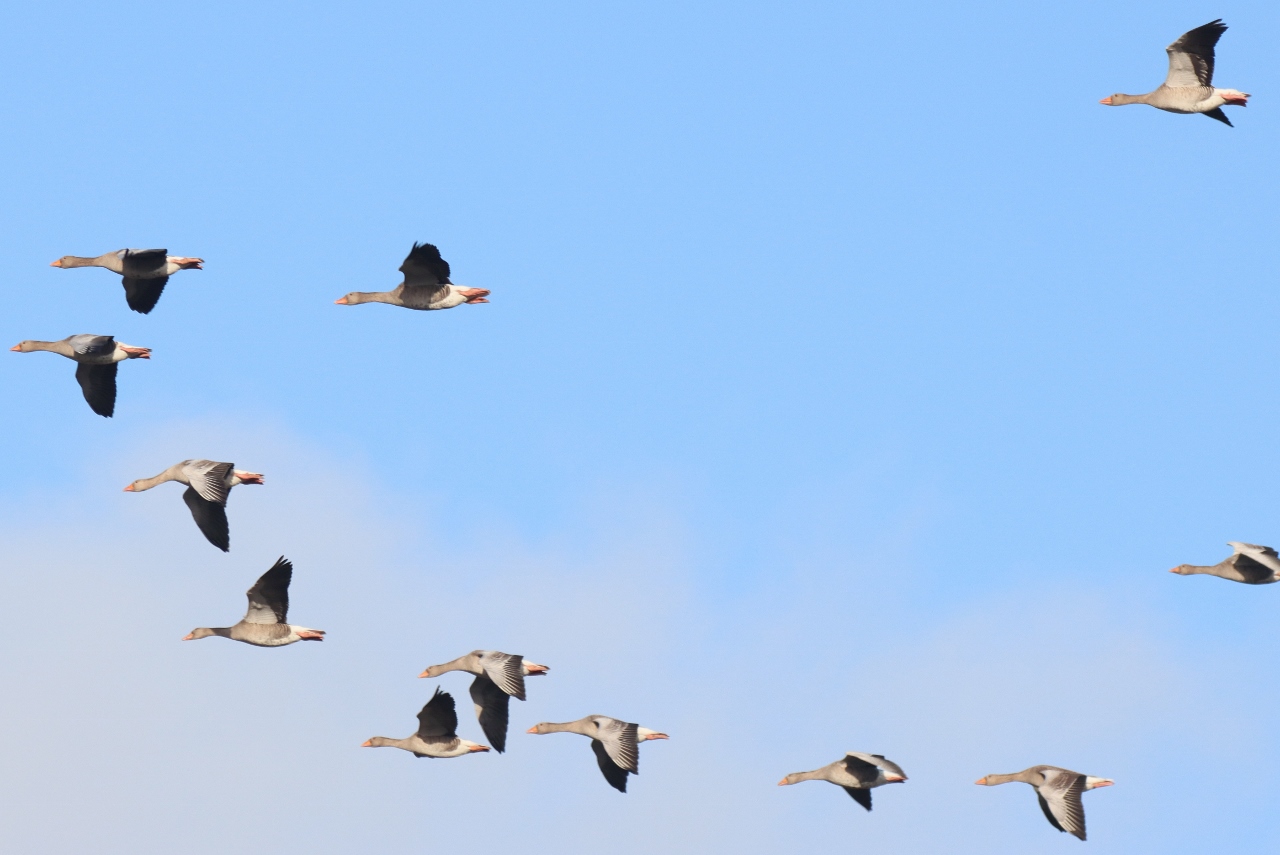

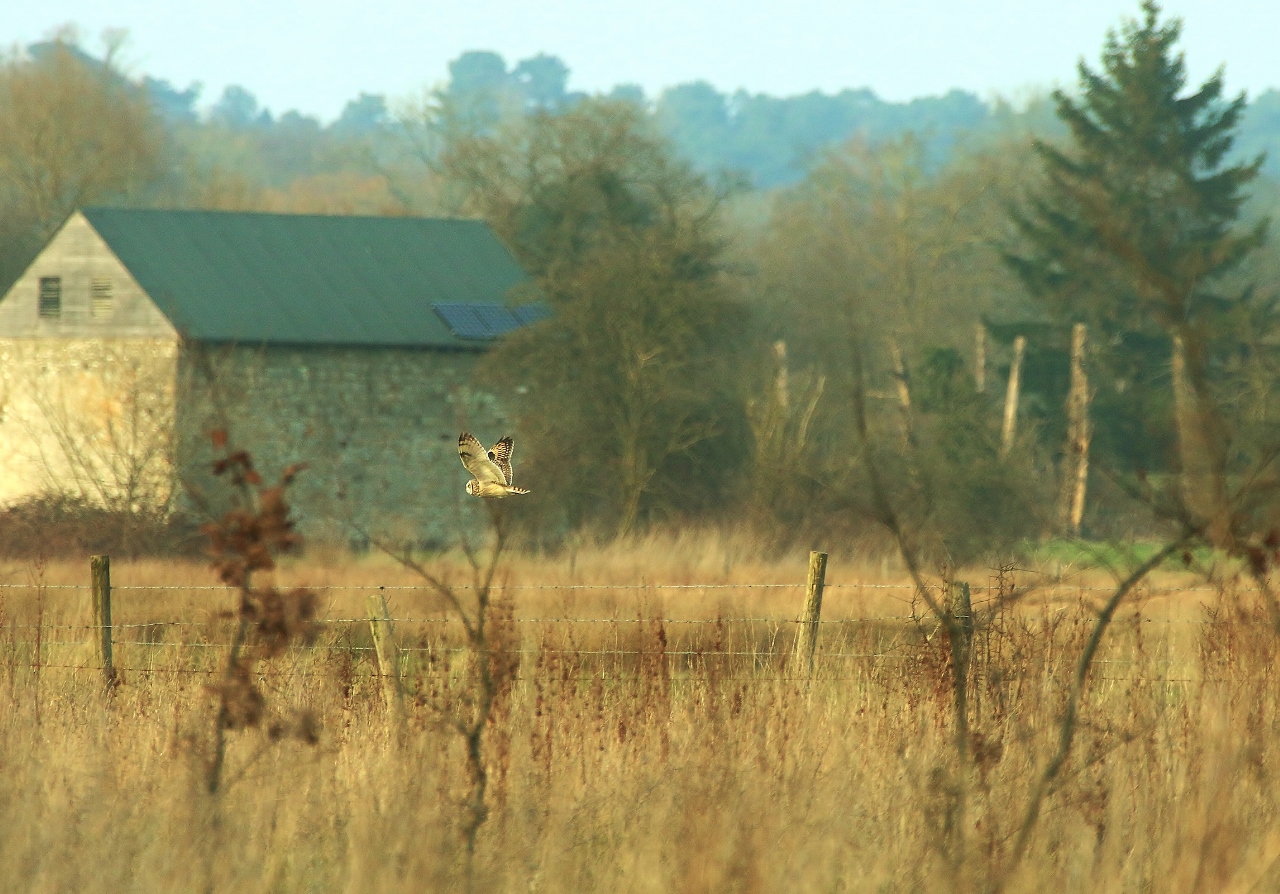

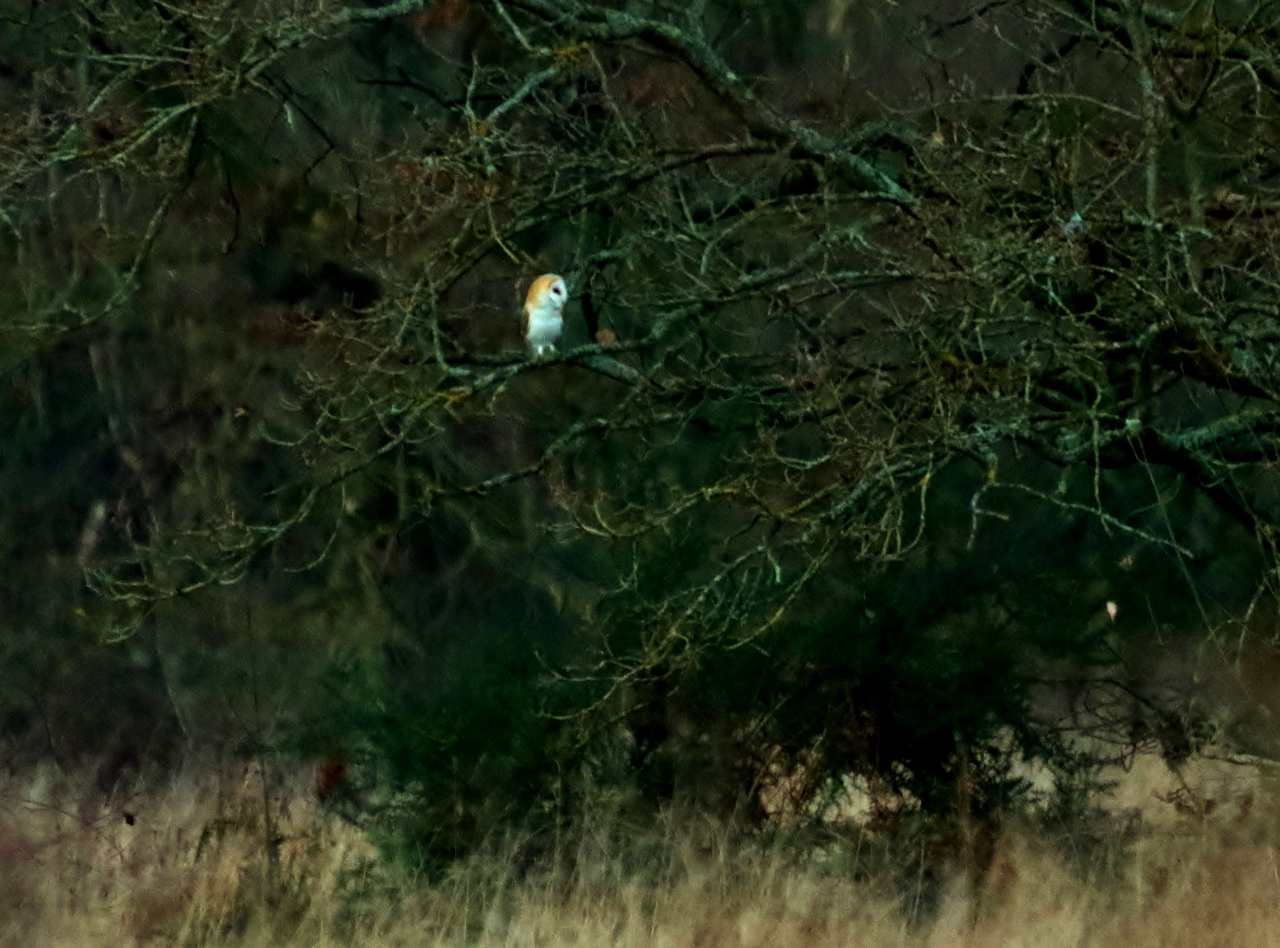
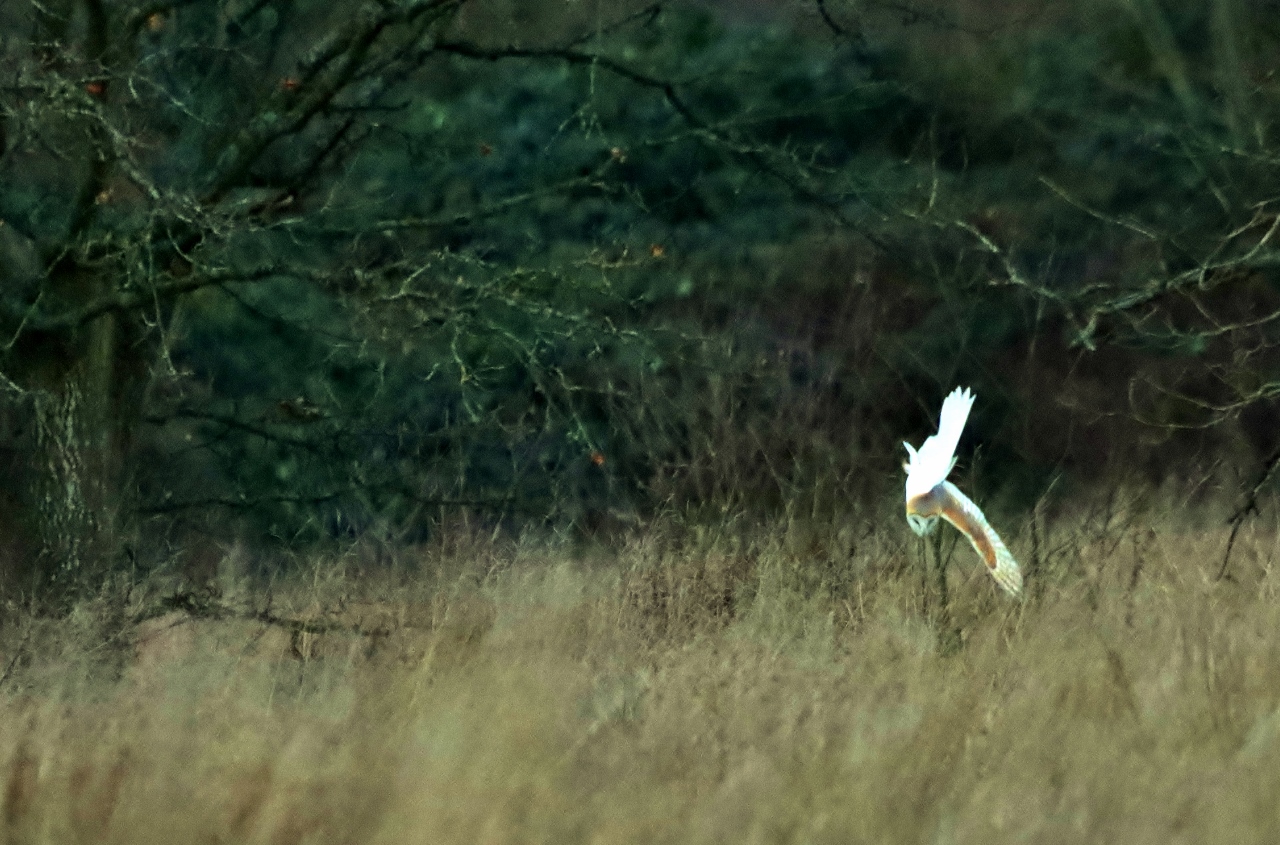
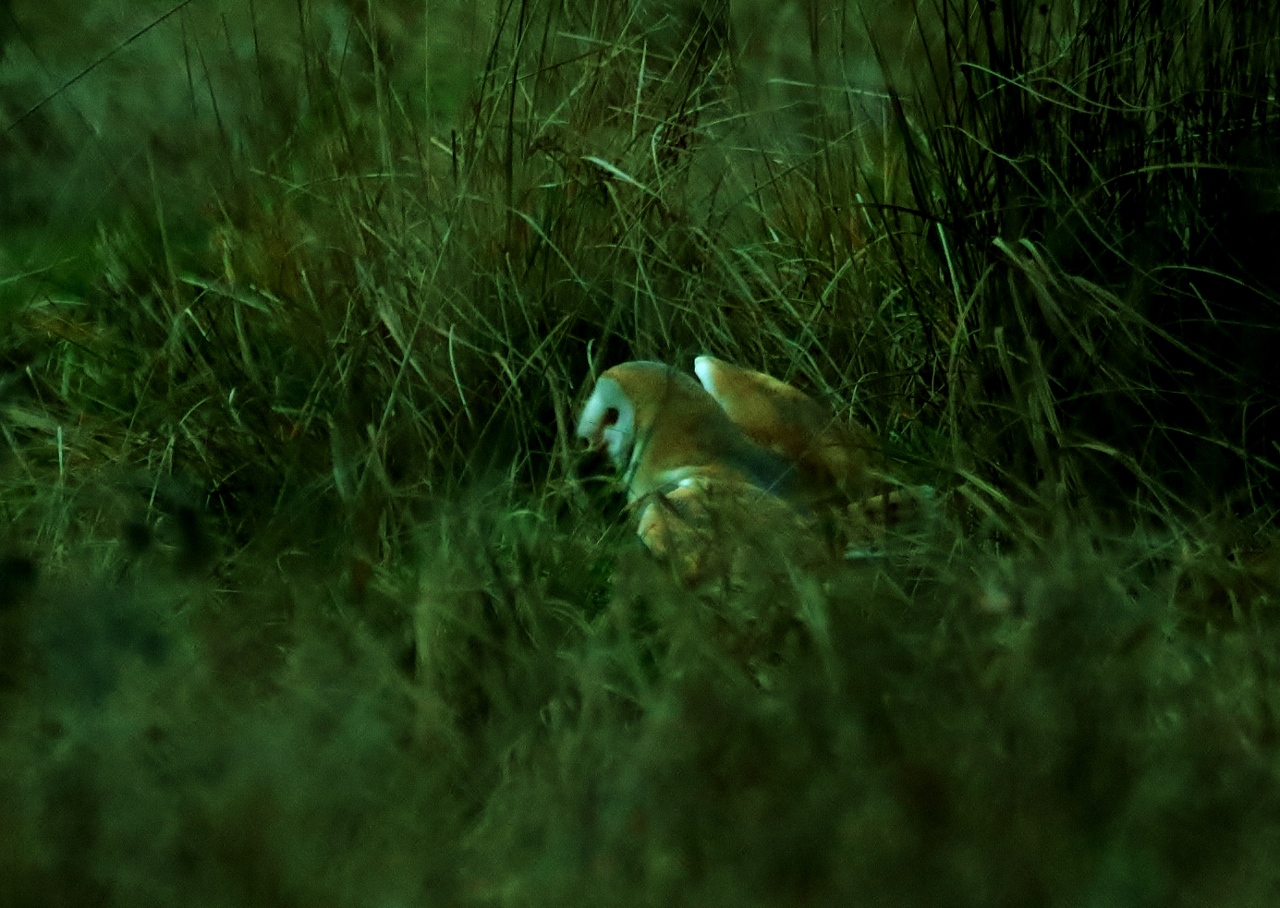

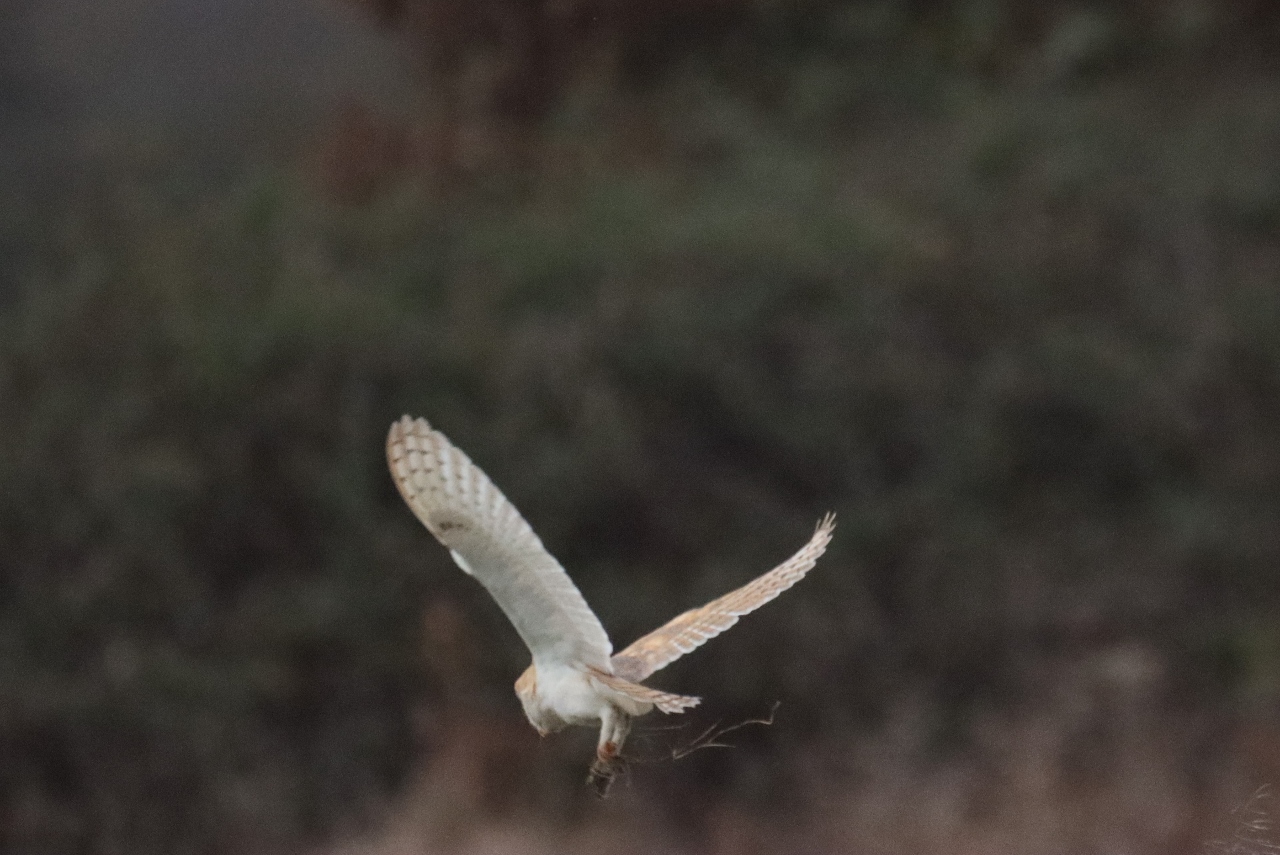
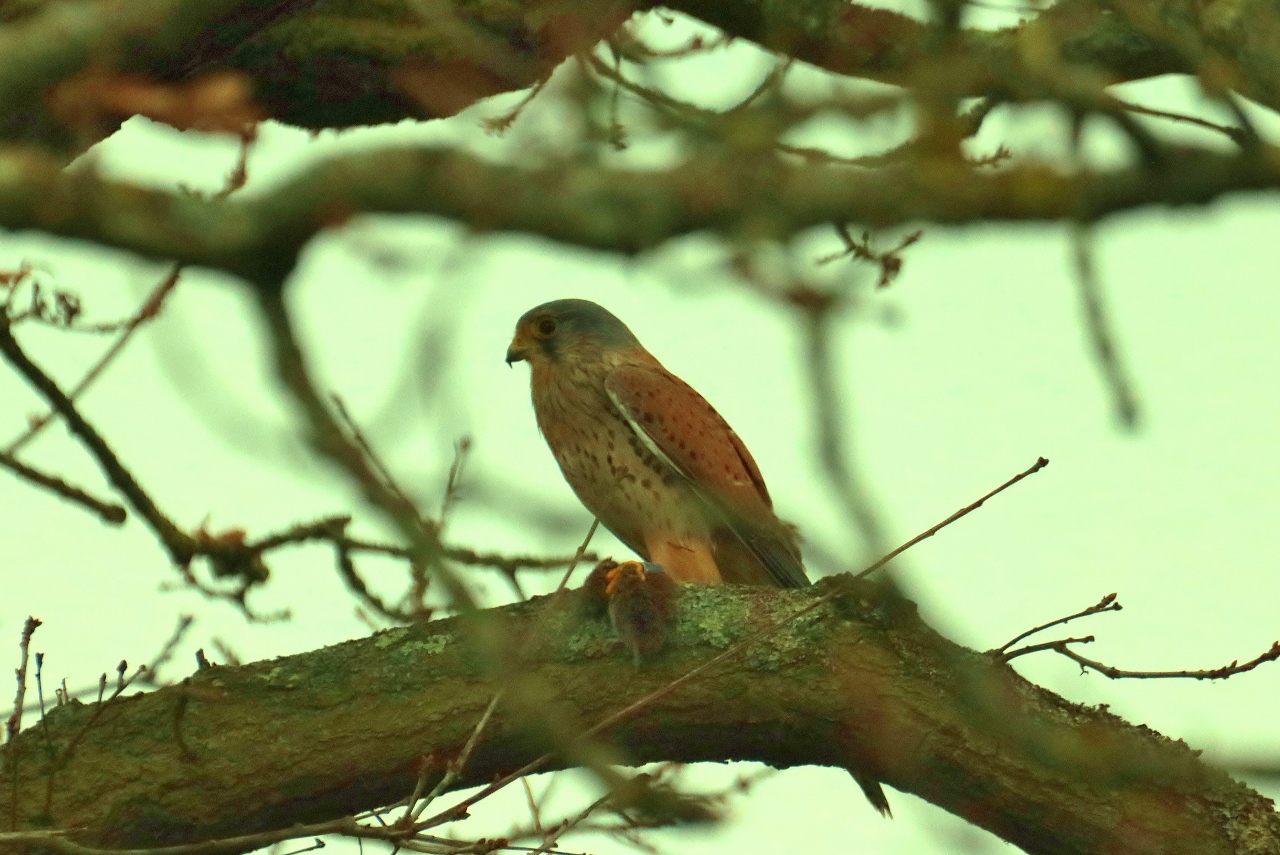



Steve Reddick
December 25, 2019 at 4:36 pm
Many congratulations on your 200th report!
Your obvious love of wildlife comes through in your writing, and your excellent photos bring it to life for us readers, inspiring us to get out and see it for real for ourselves.
Keep up the good work. Here’s to the next 200!
Harry Eve
December 28, 2019 at 10:20 am
Congratulations Malcolm. Always glad to see the next Birdwatcher’s Diary appear and find out what has been seen in our area.
They often inspire me to visit new places that I had not been aware of.
Please keep up the good work.
James Sellen
December 28, 2019 at 12:05 pm
Great review Malcolm and well done for submitting your 200th report
Harry Eve
December 28, 2019 at 2:29 pm
If you kept a list, working through all 200 reports, I wonder how many bird species it would include ?
Valerie Thompson
December 29, 2019 at 3:46 pm
Wonderful collection of rare and common birds, many of which we don’t often see, even in our large, partly wild garden with a large pond in it.
It’s so good to see that they are still around in Surrey.
Malcolm Fincham
January 20, 2020 at 9:58 pm
Thank you, once again, to all who continue to follow my reports with interest.
Especially to those who take time to make encouraging comments, and like the comment from Harry Eve.
In reply to him, I could only “hazard” a guess that I have shown photos of over 200 species since I began my reports.
You have prompted me, when I have a few spare moments I’ll attempt an exact count and reply to your question.
Harry Eve
January 24, 2020 at 9:50 am
I look forward to the answer. It could be a good way to spend a rainy day (or perhaps a few !)